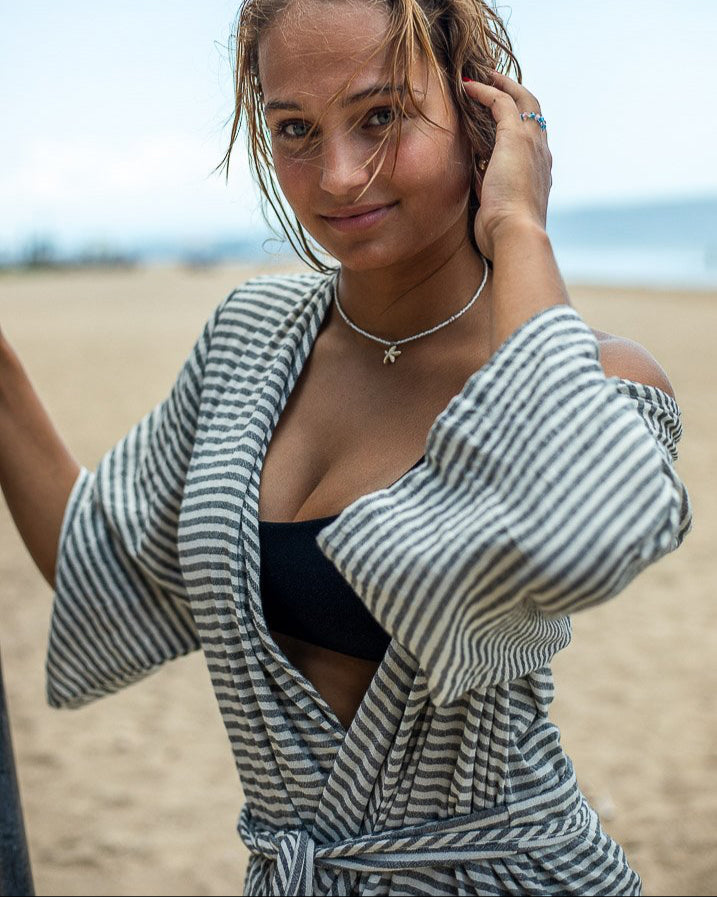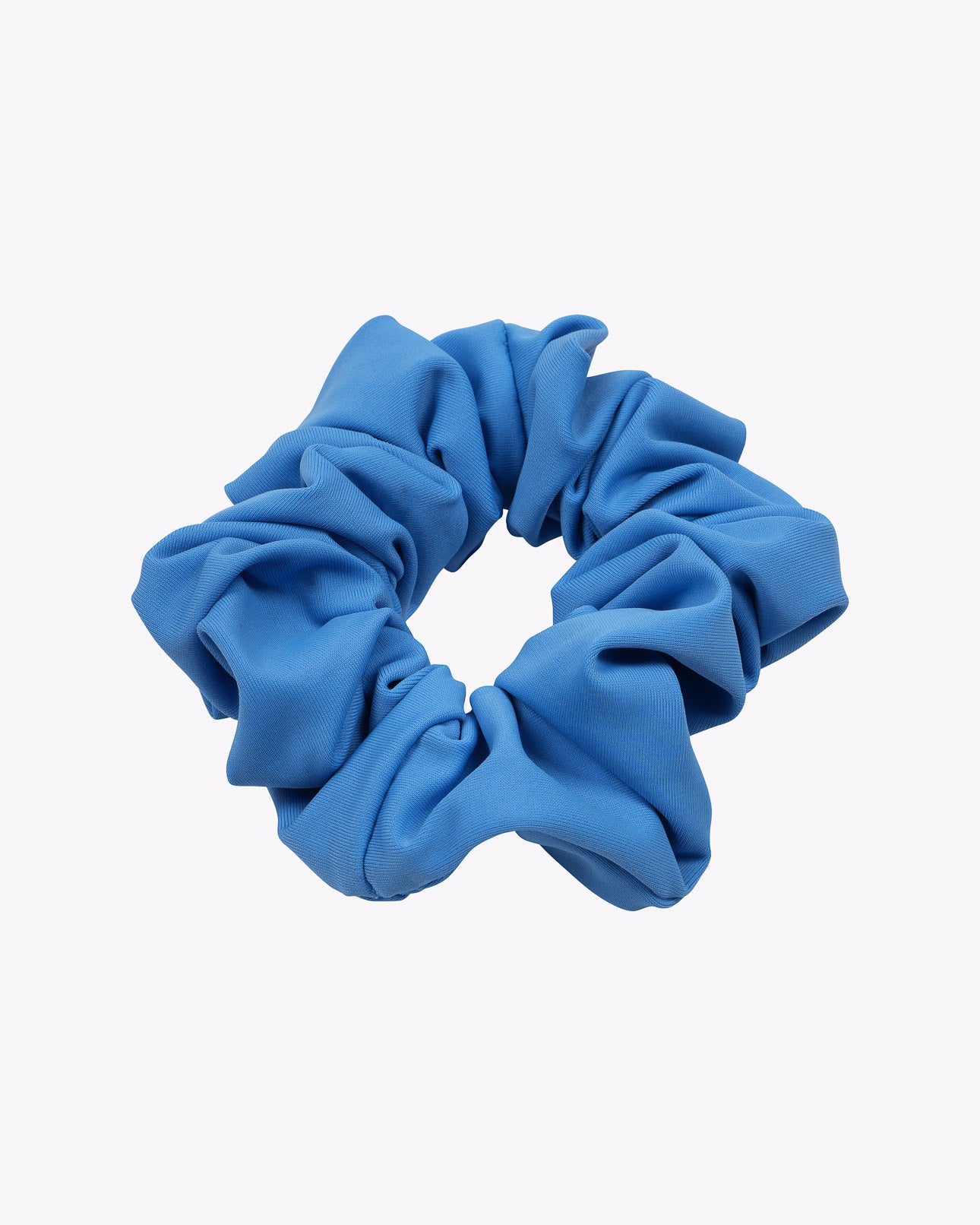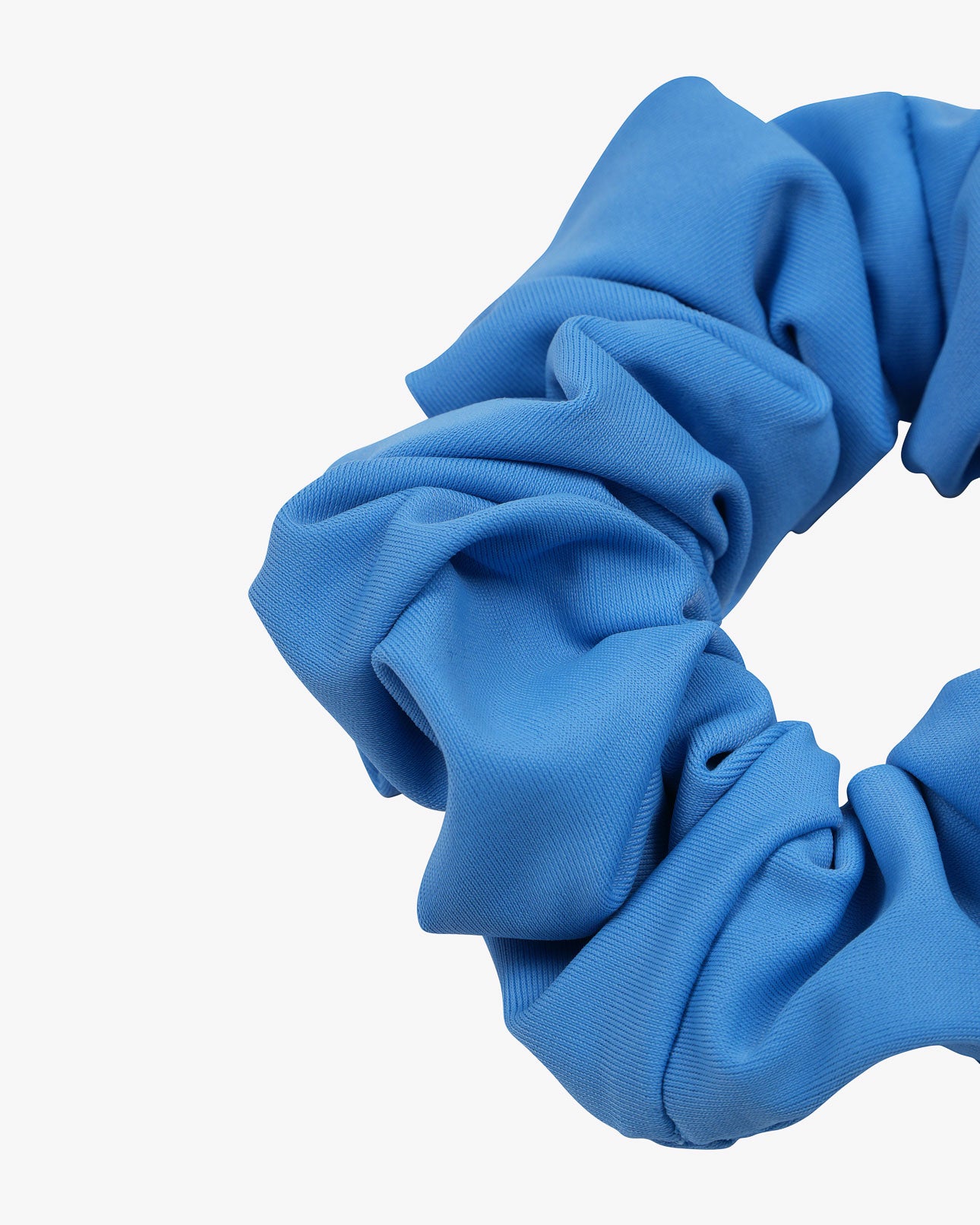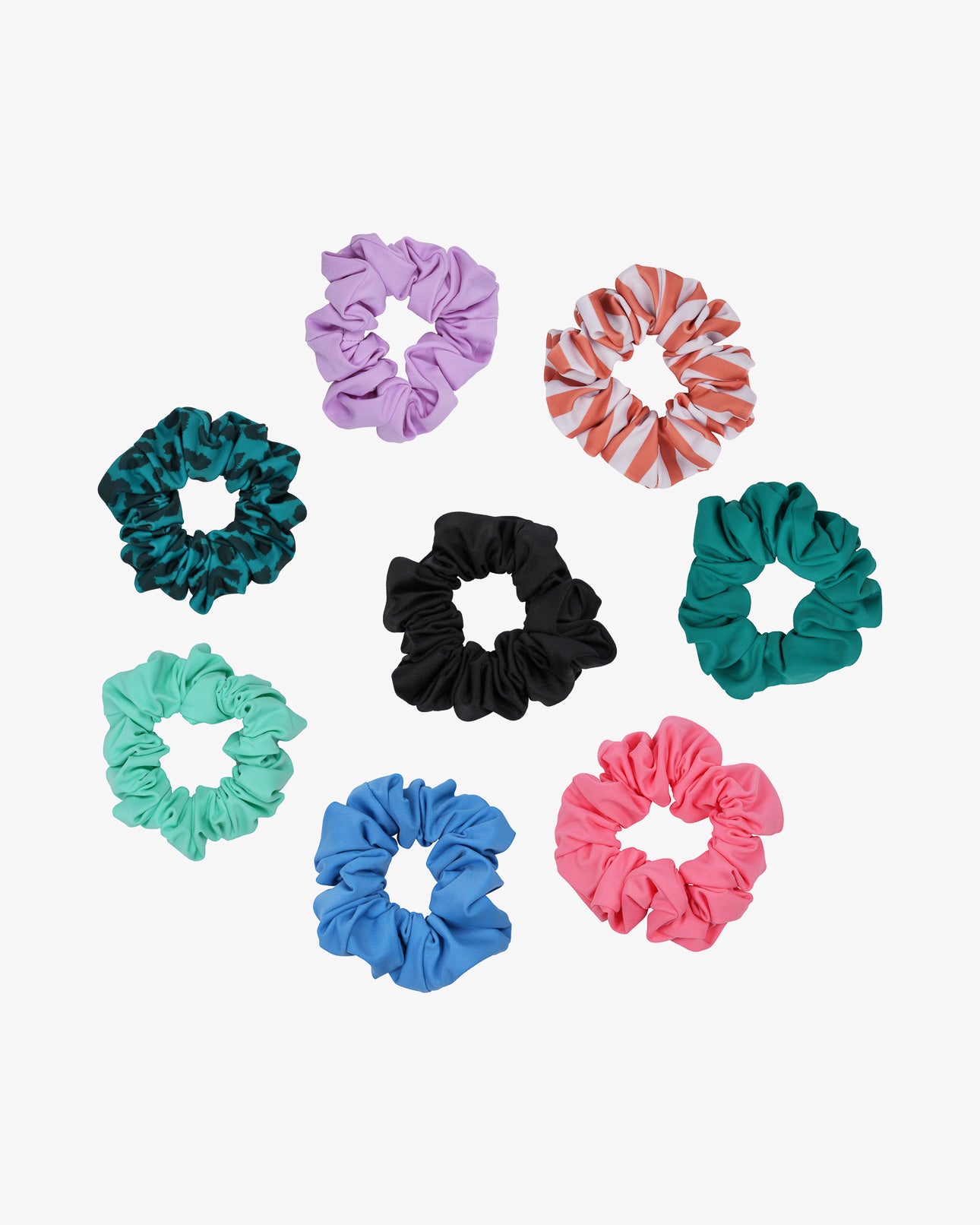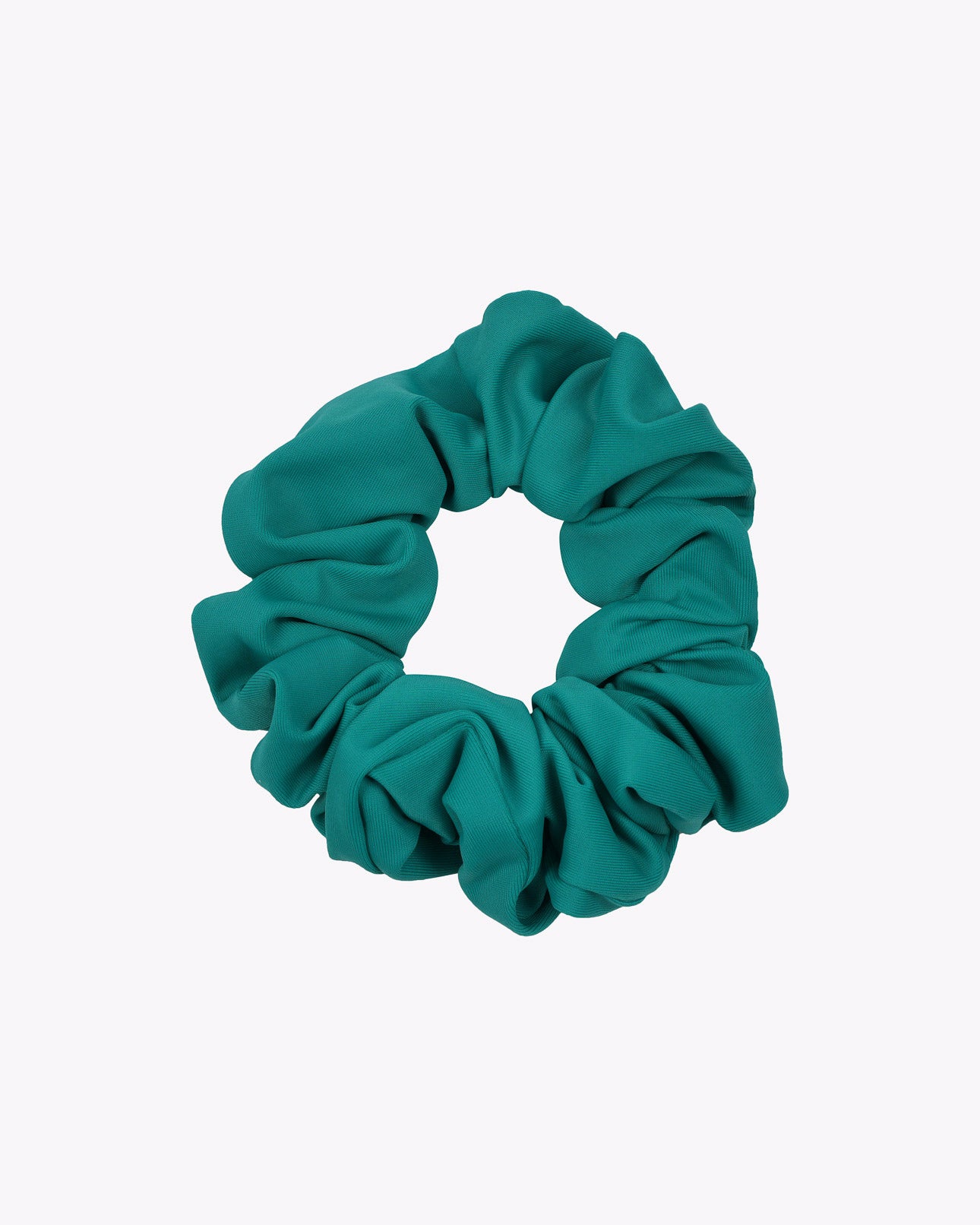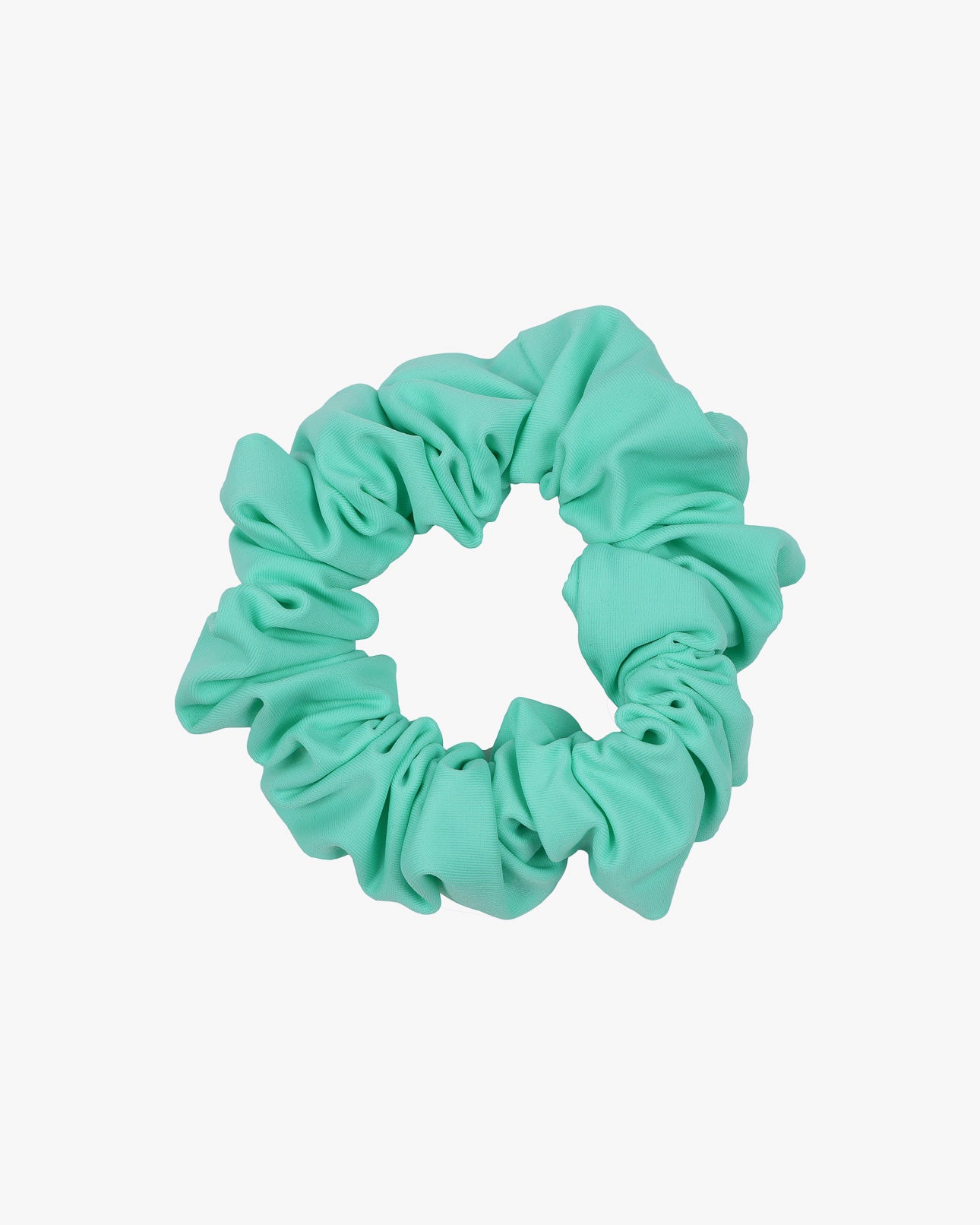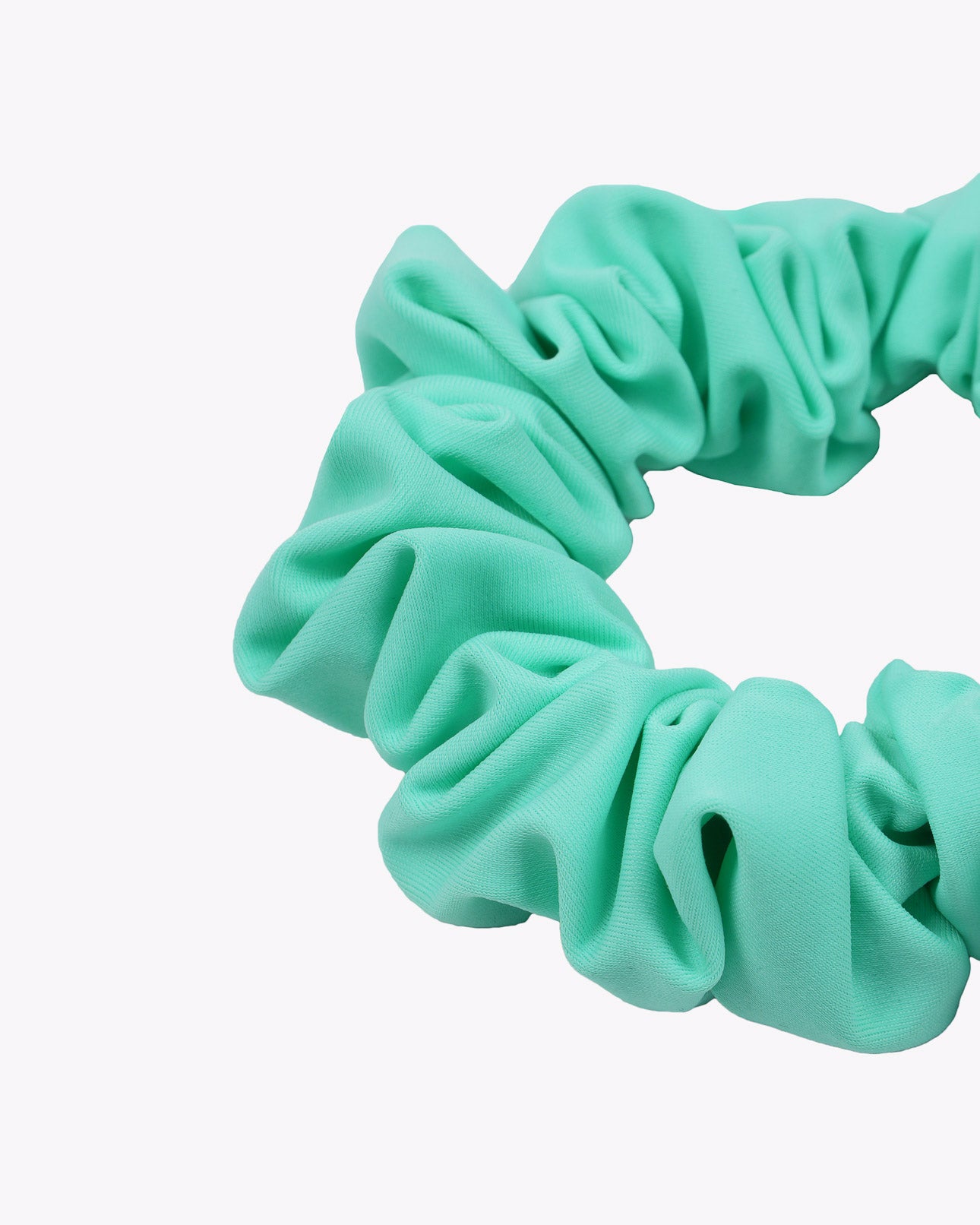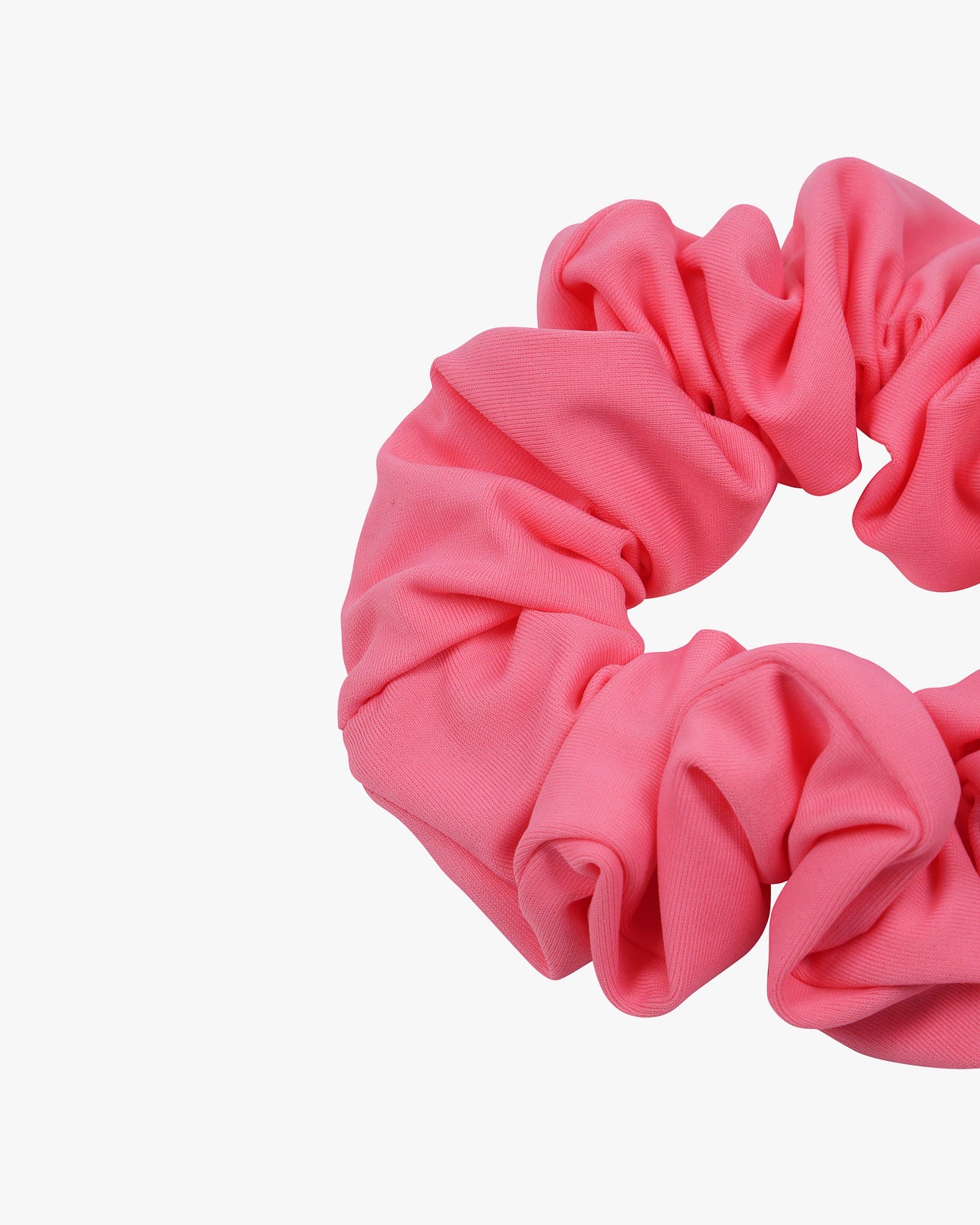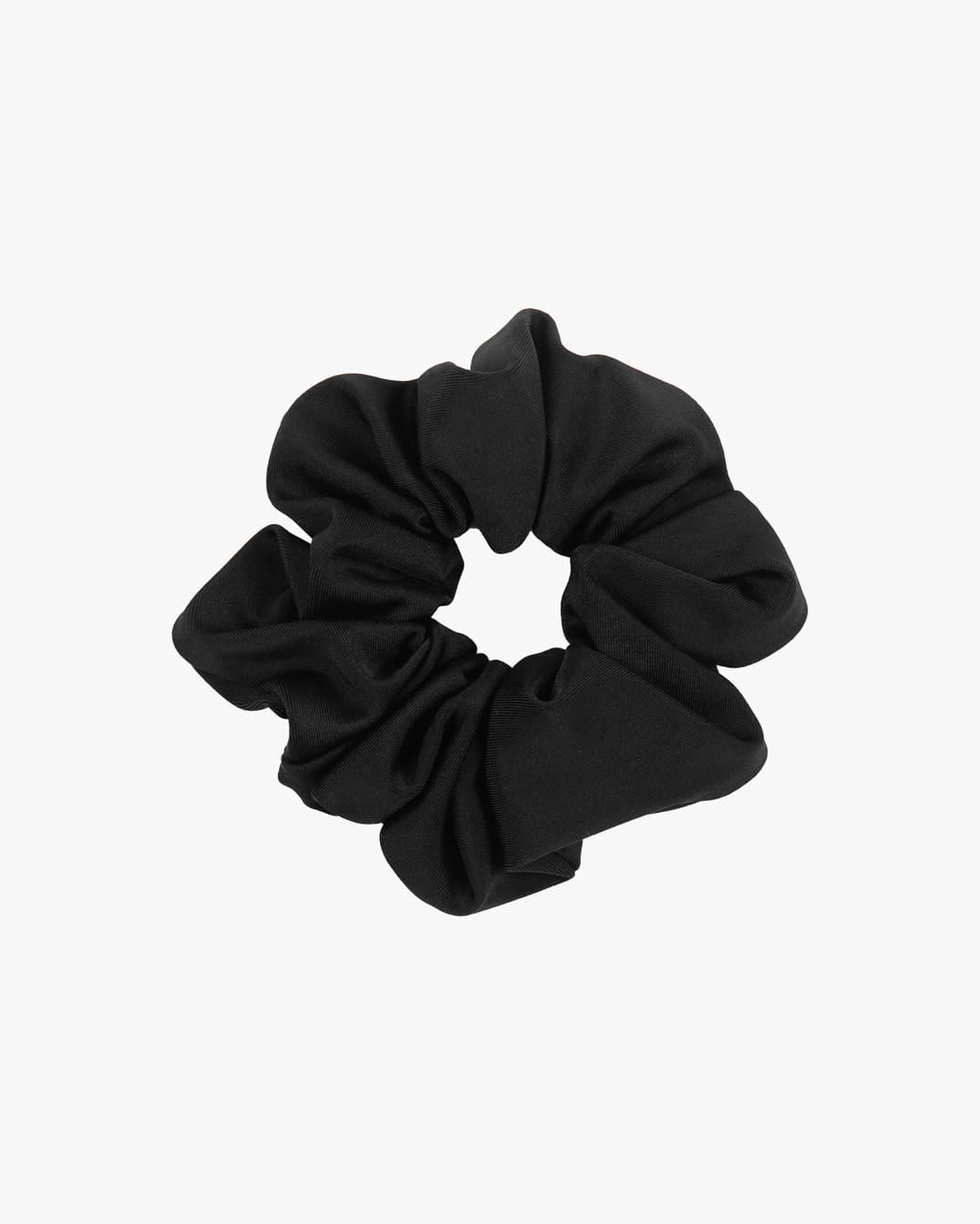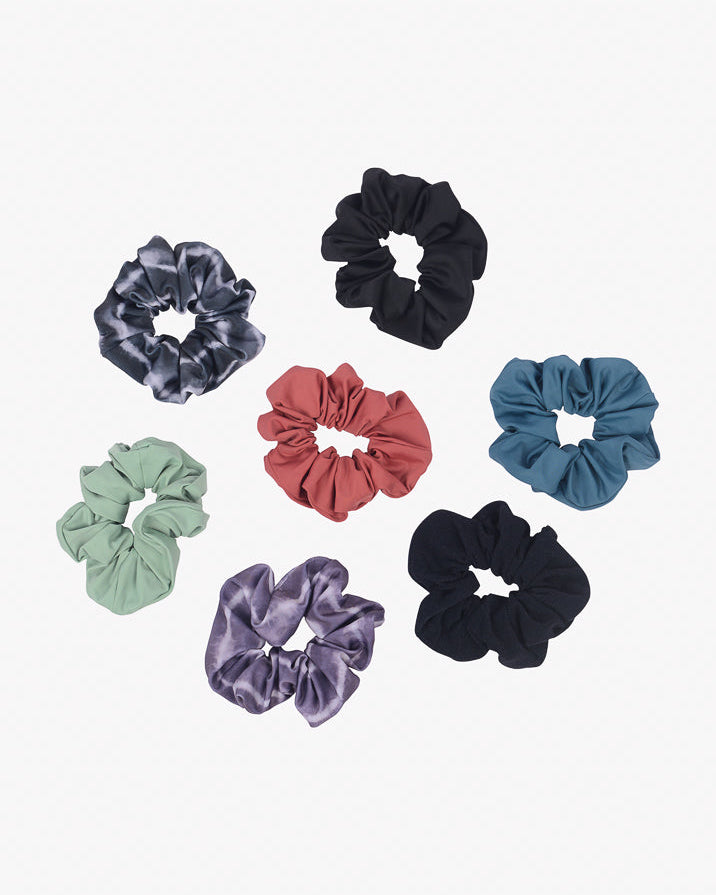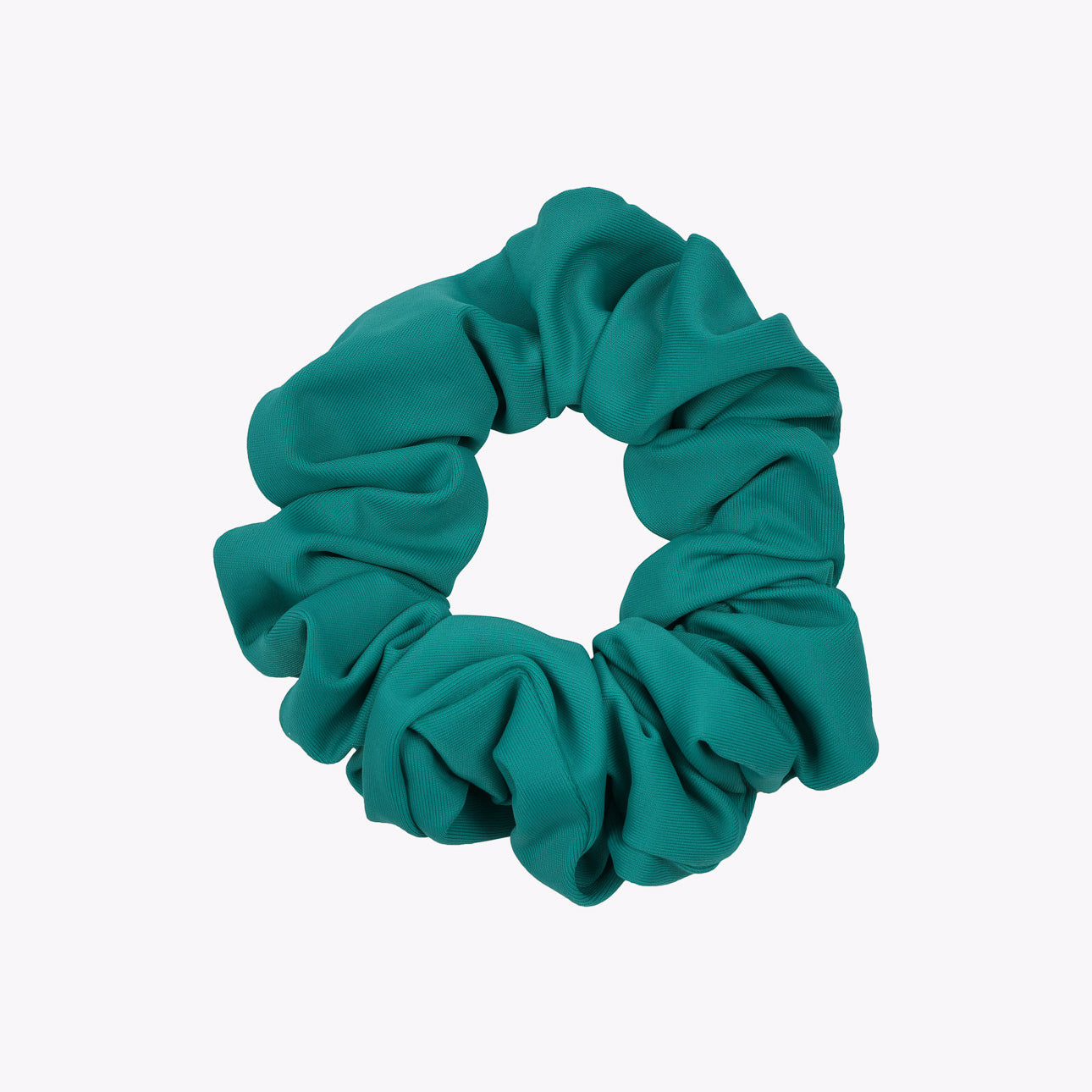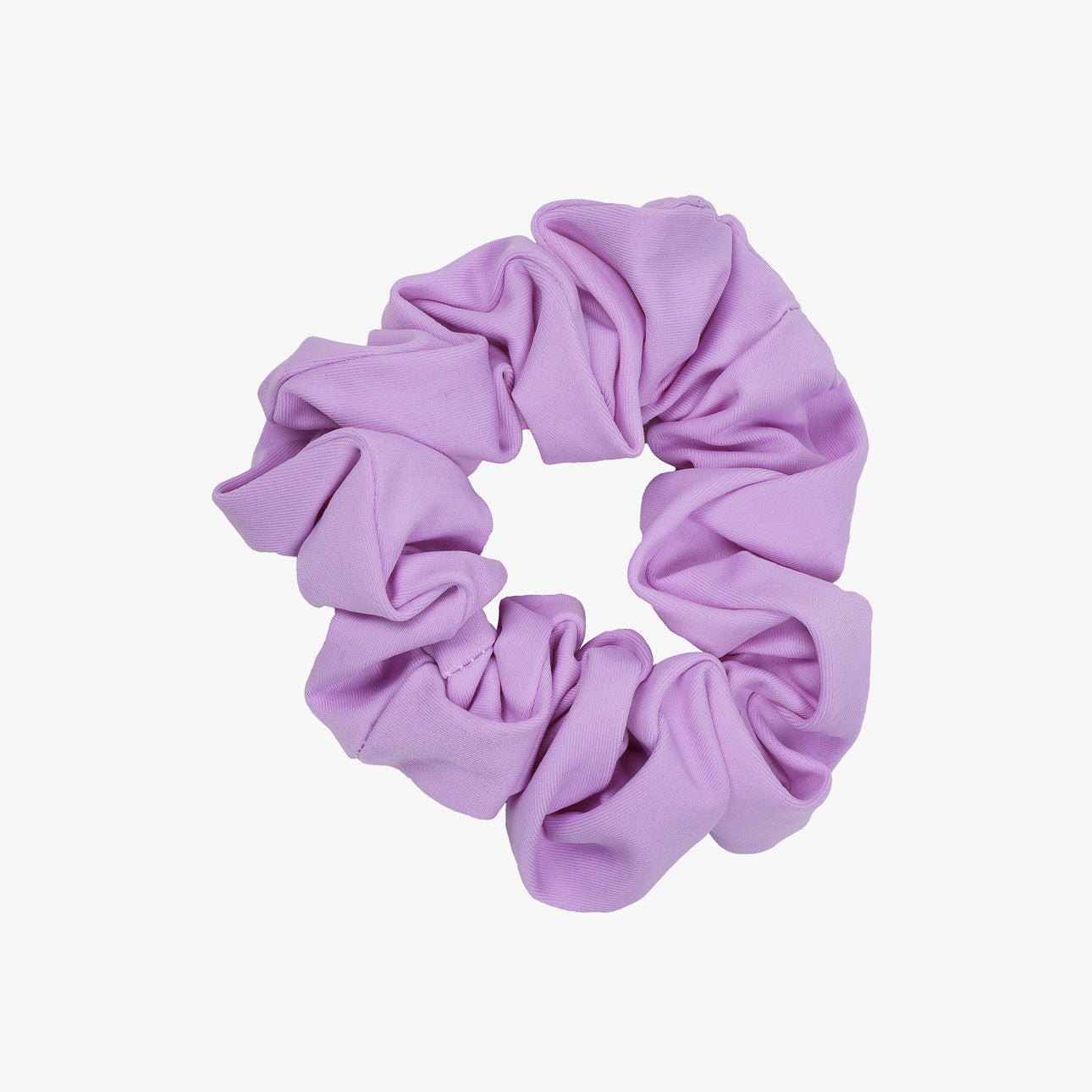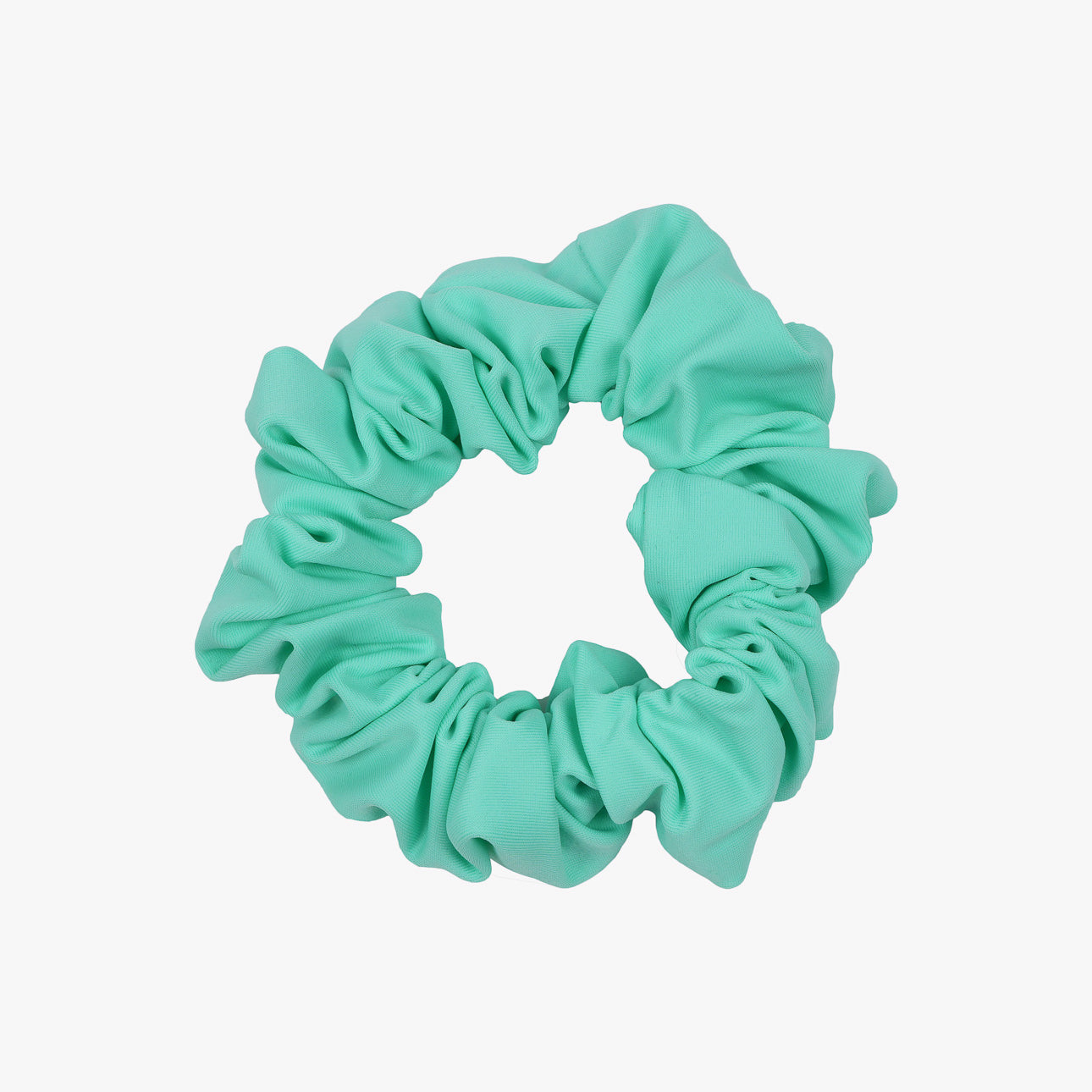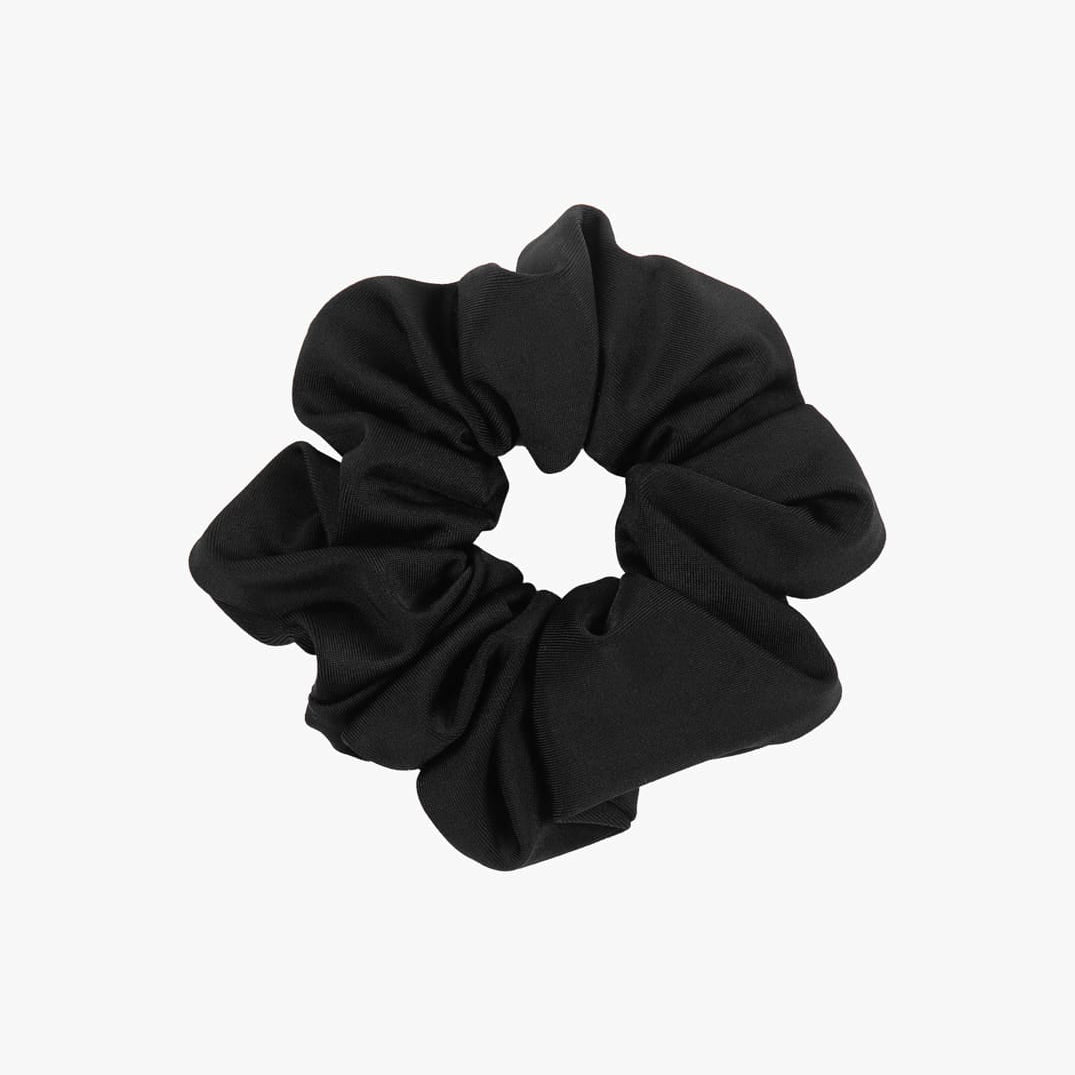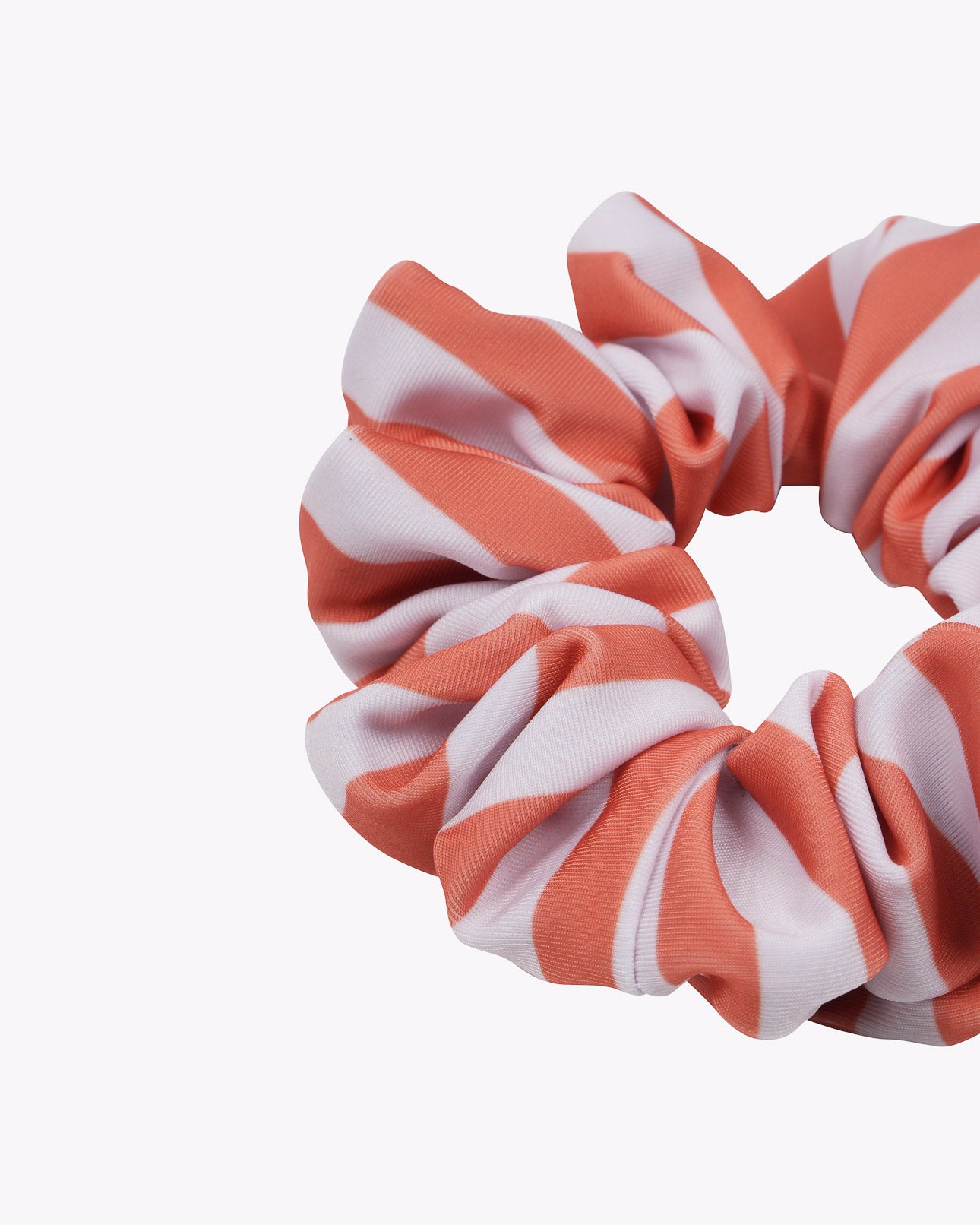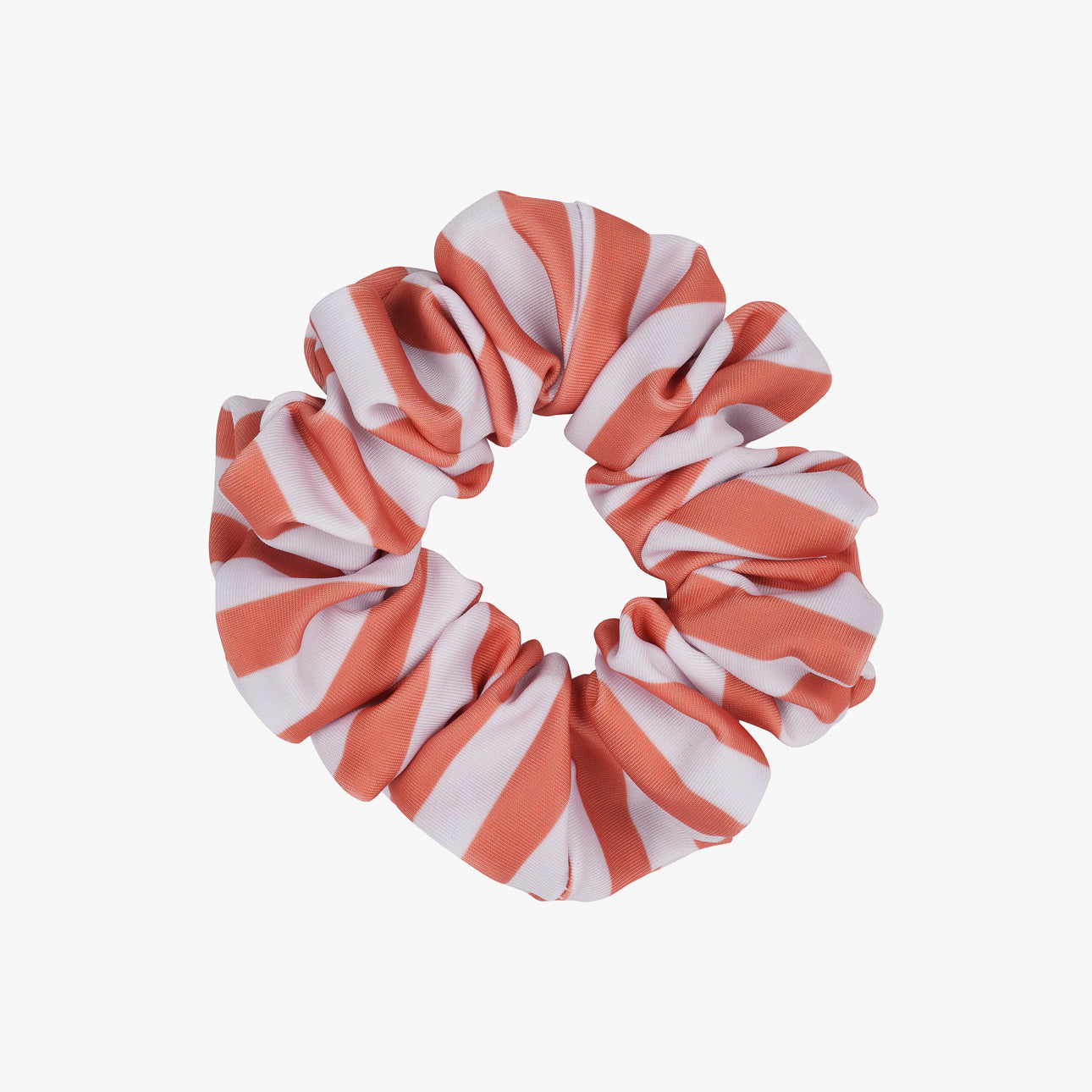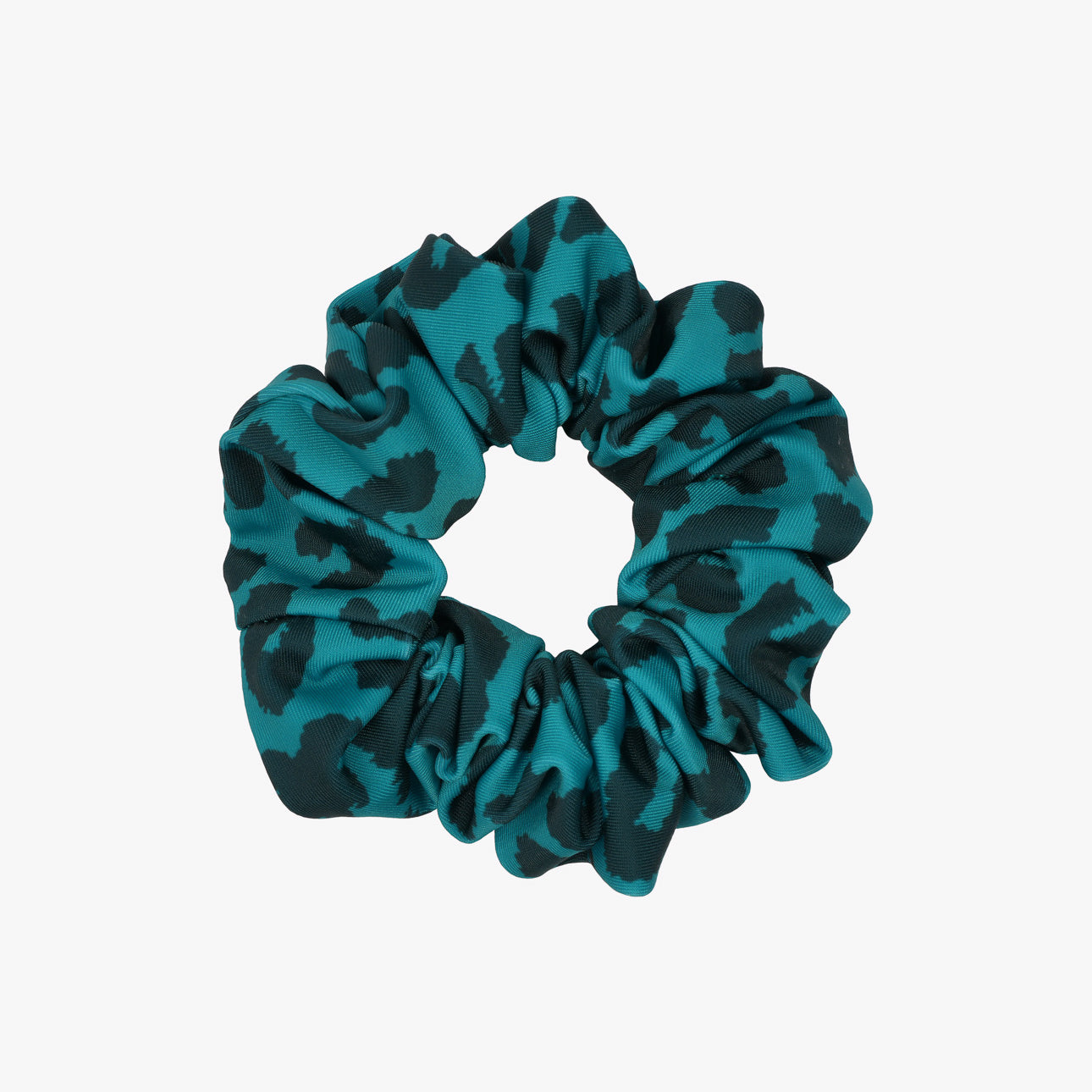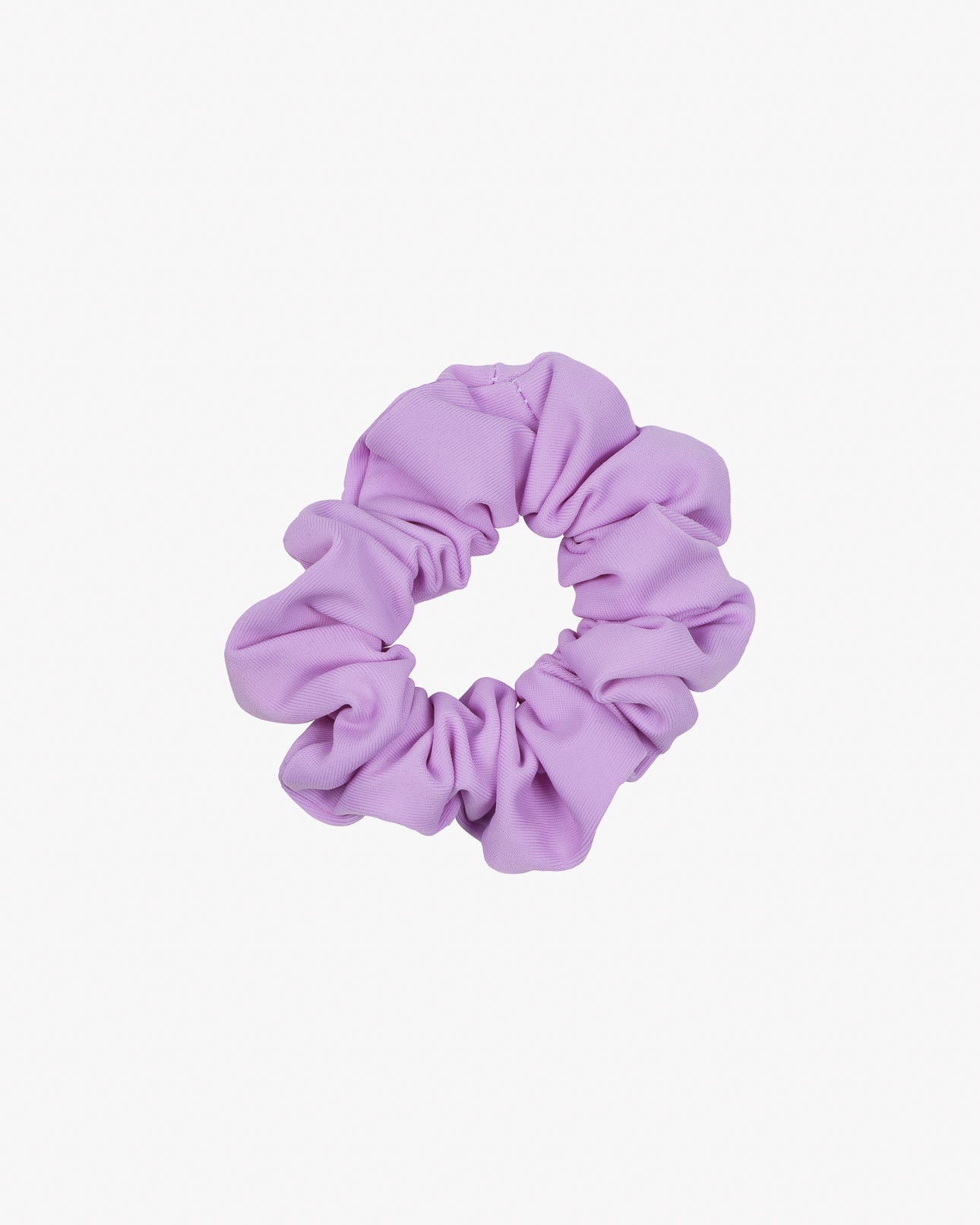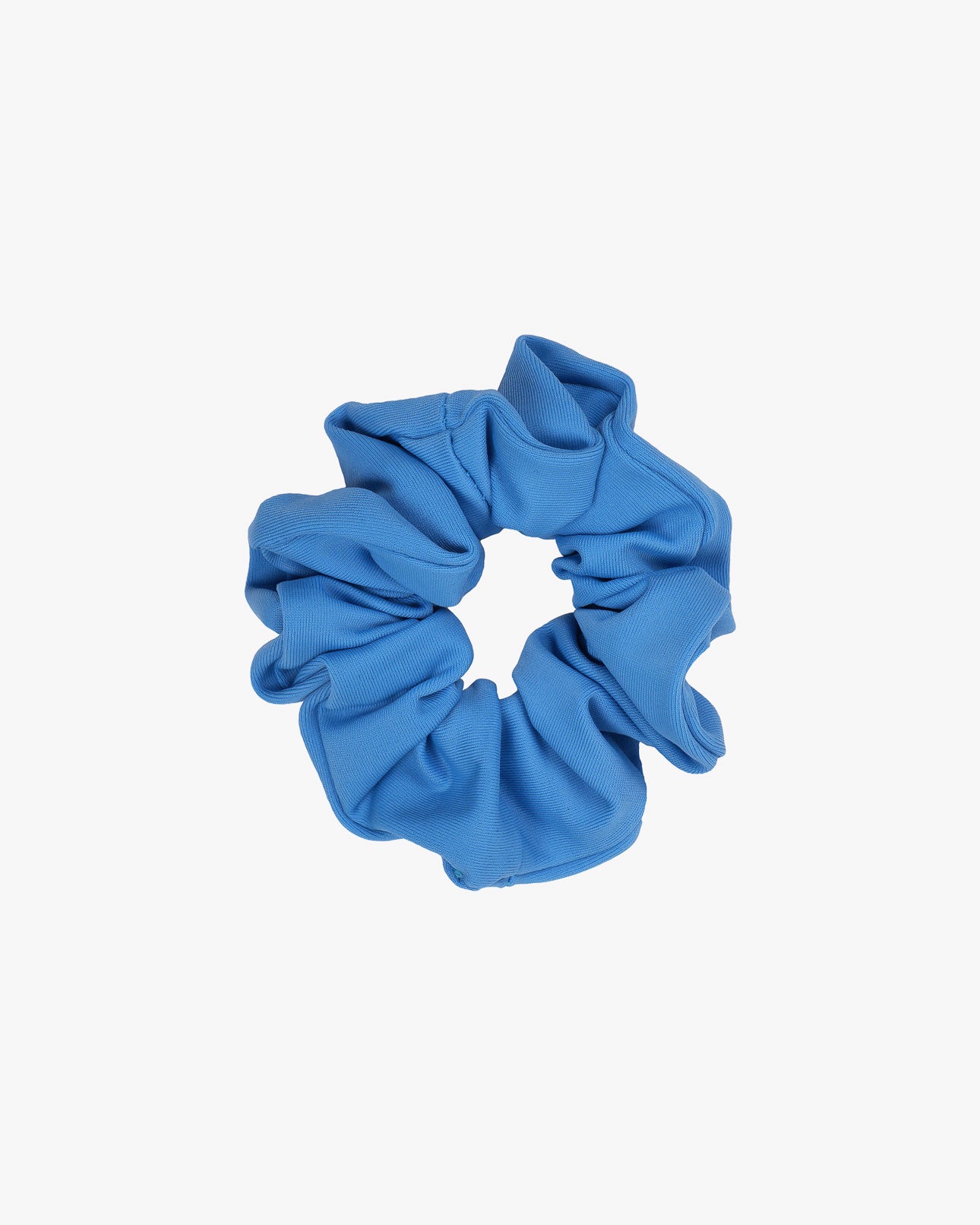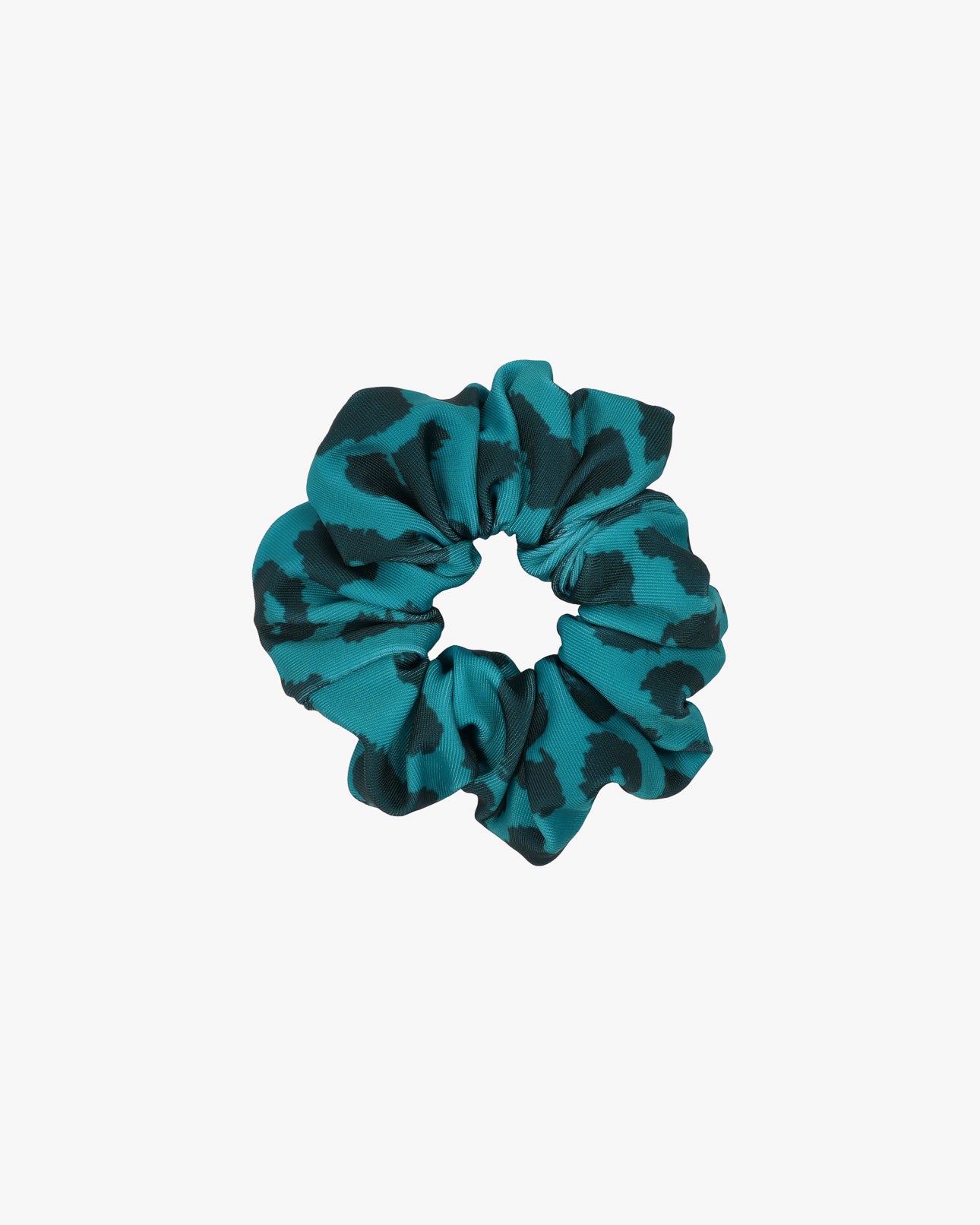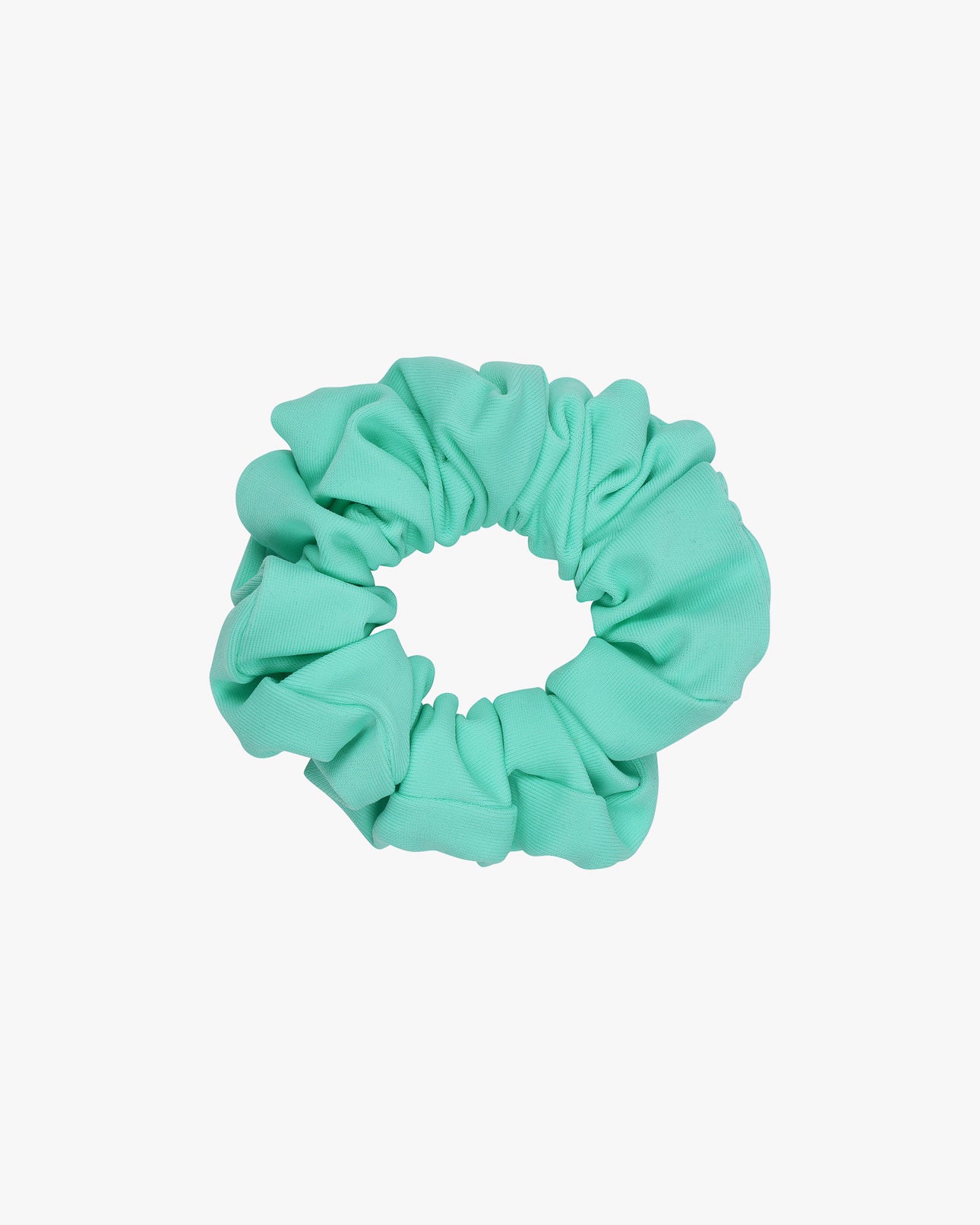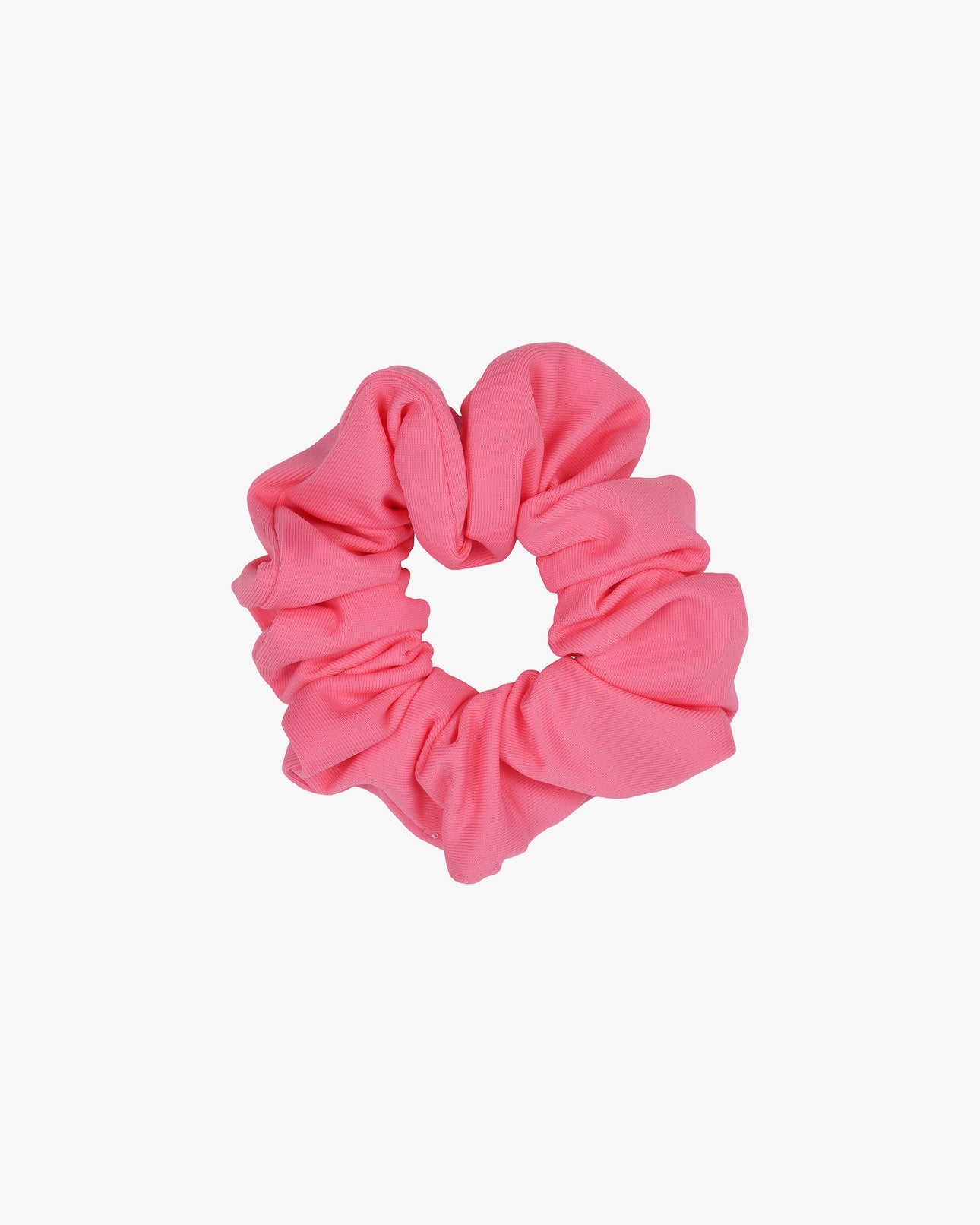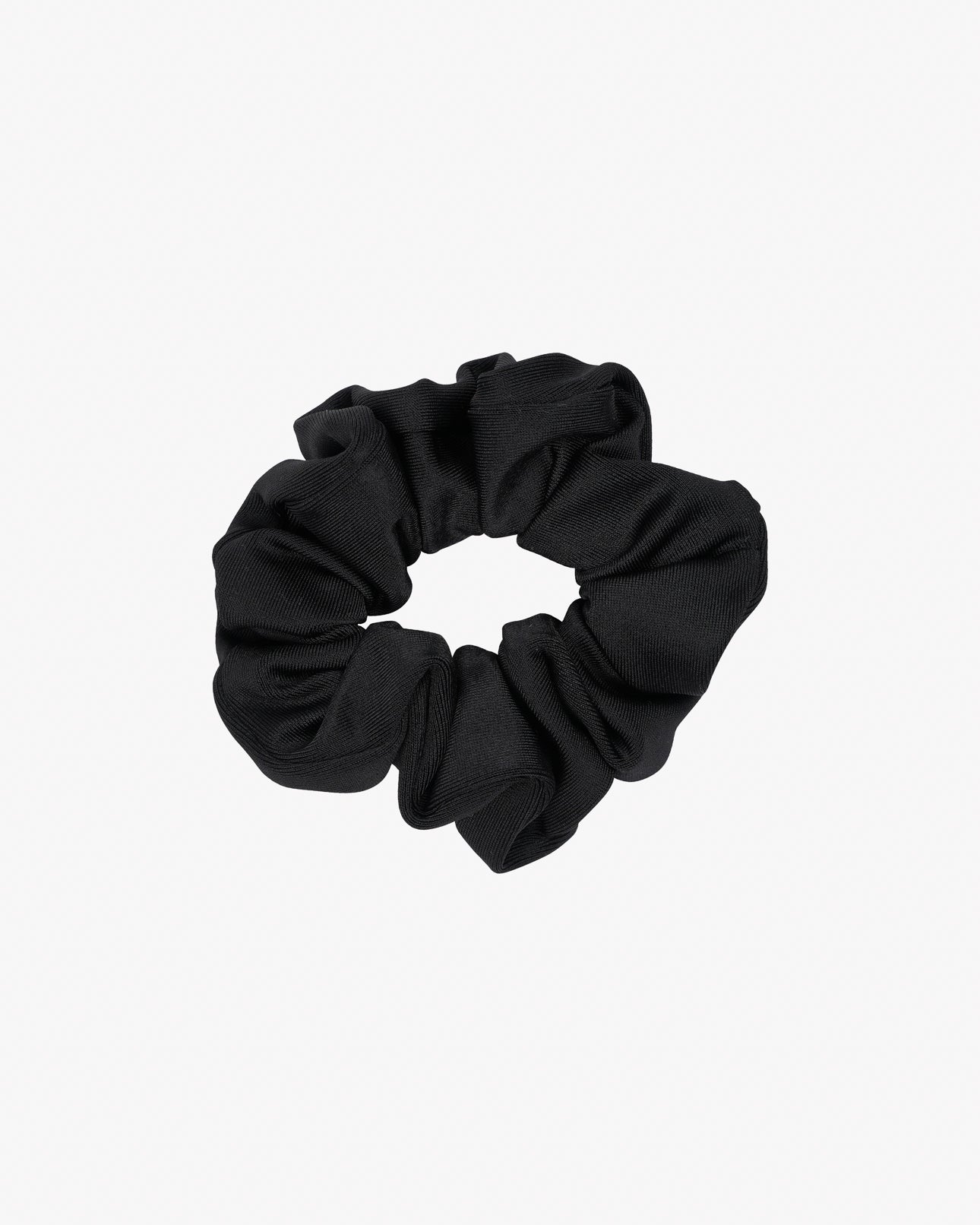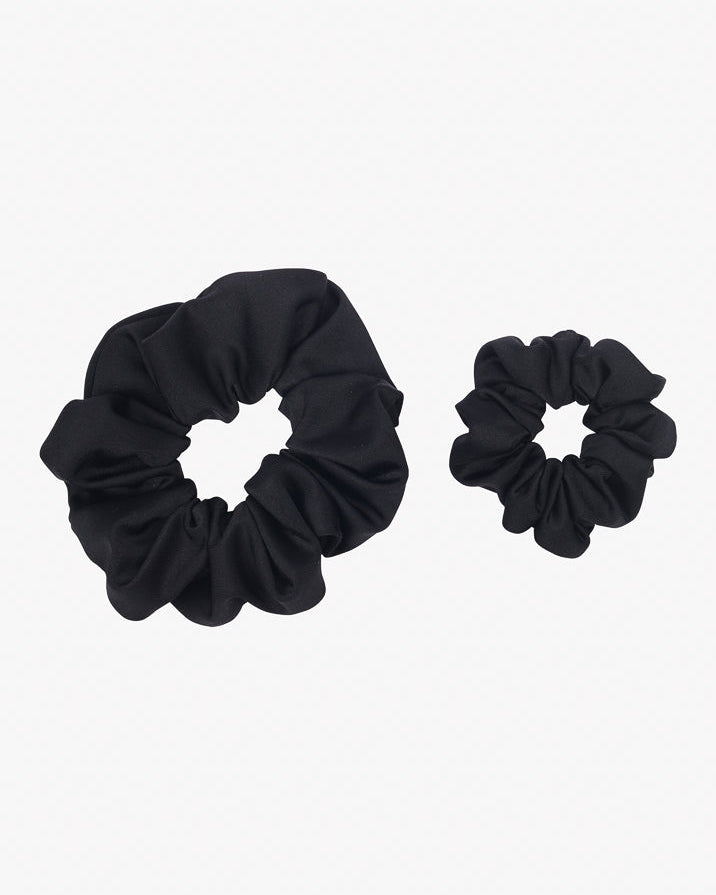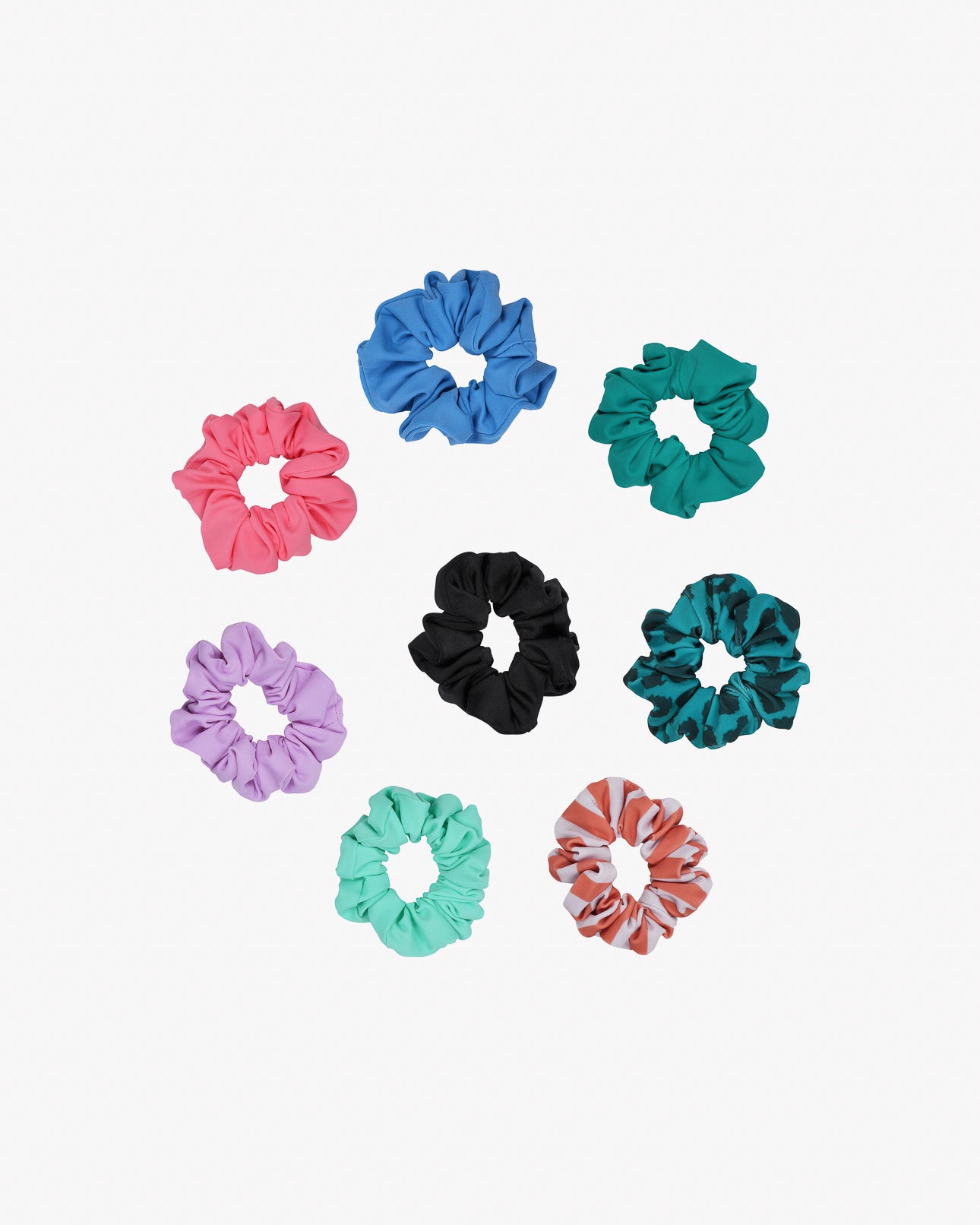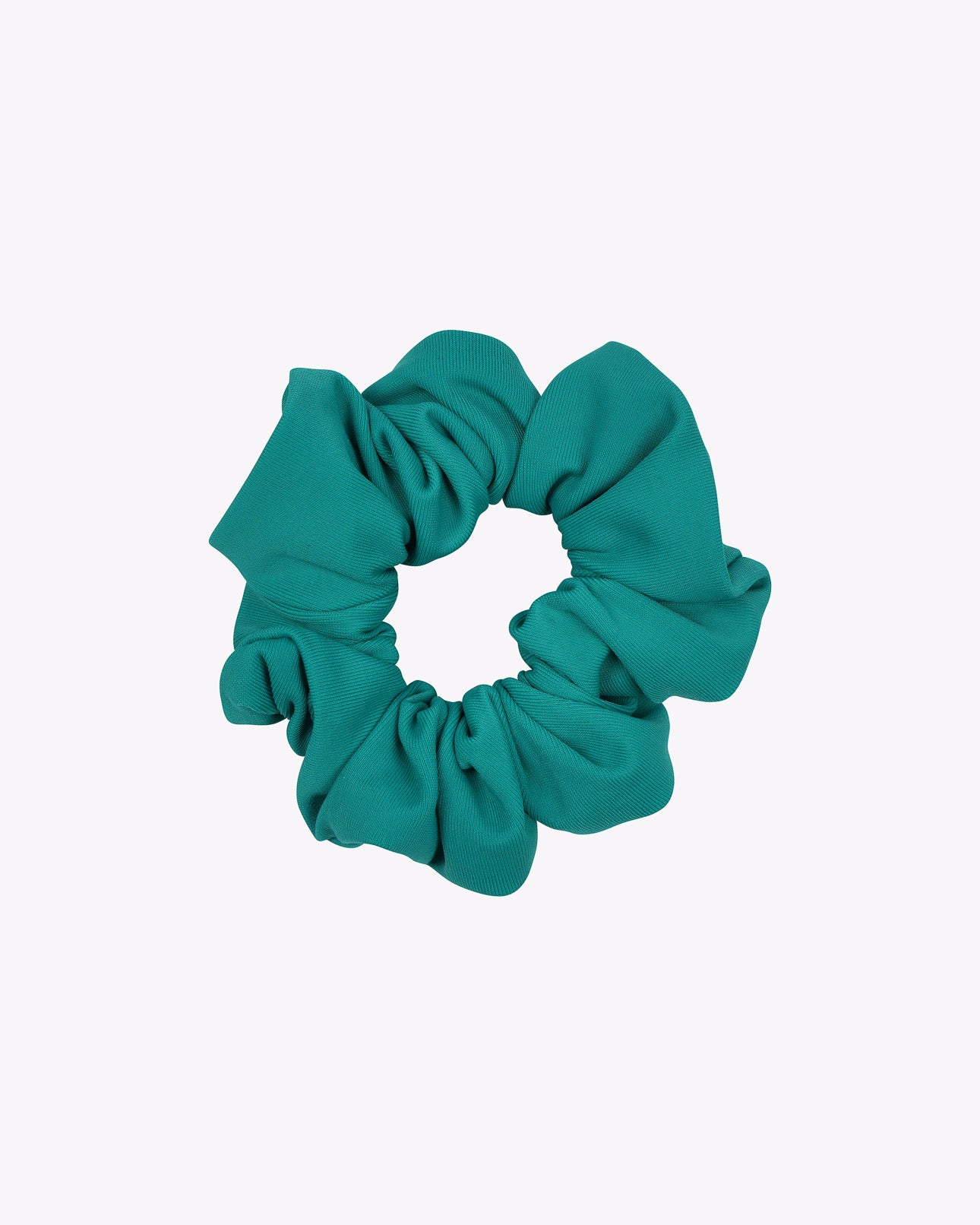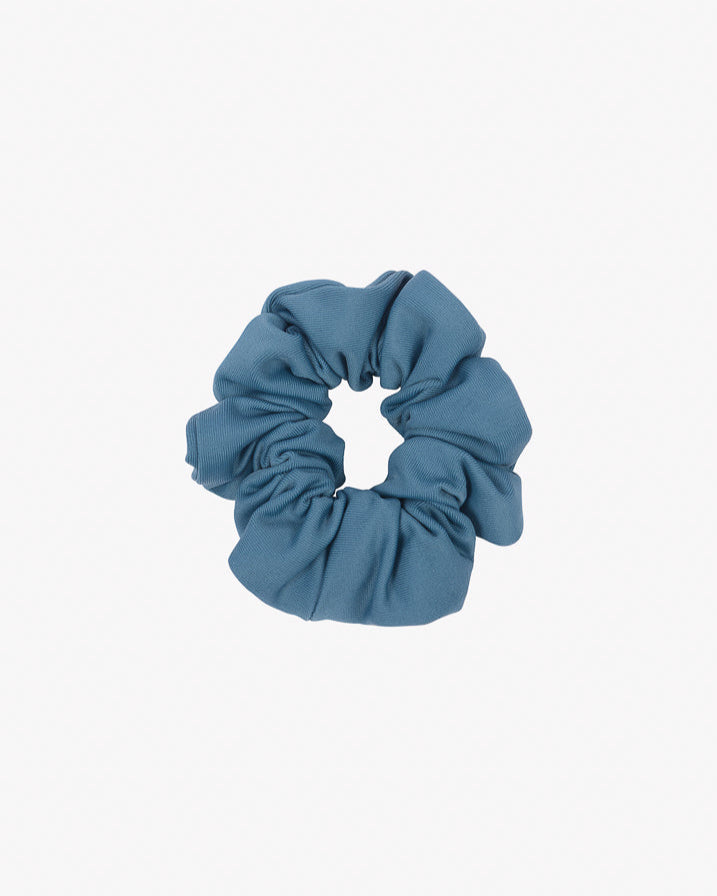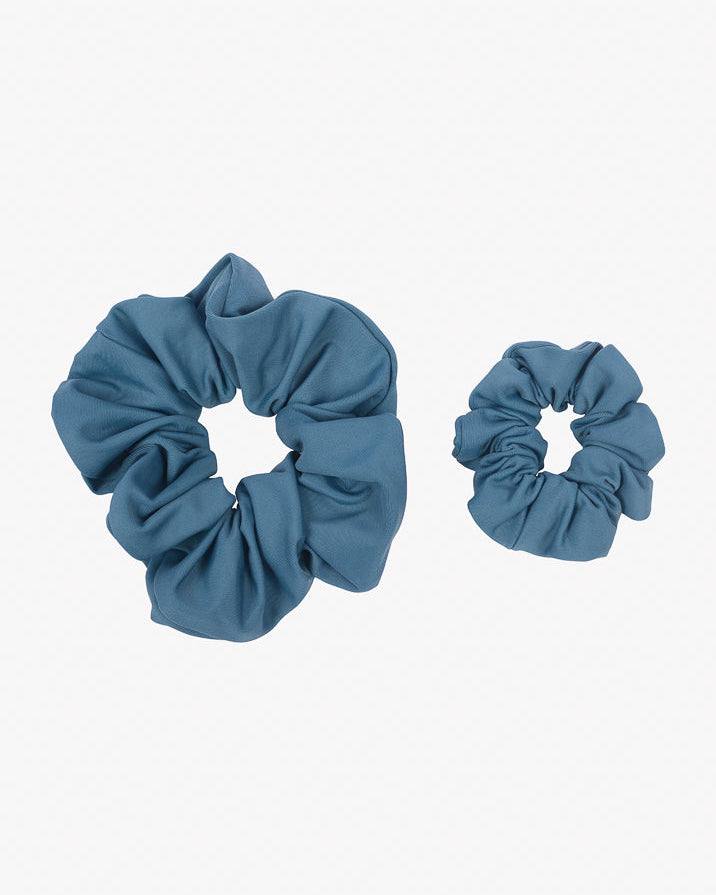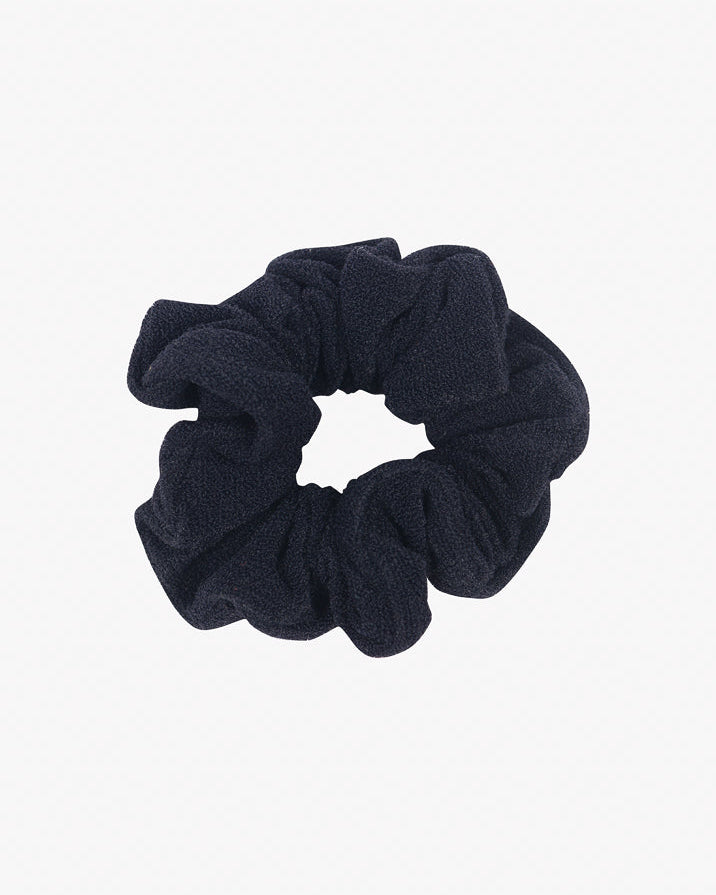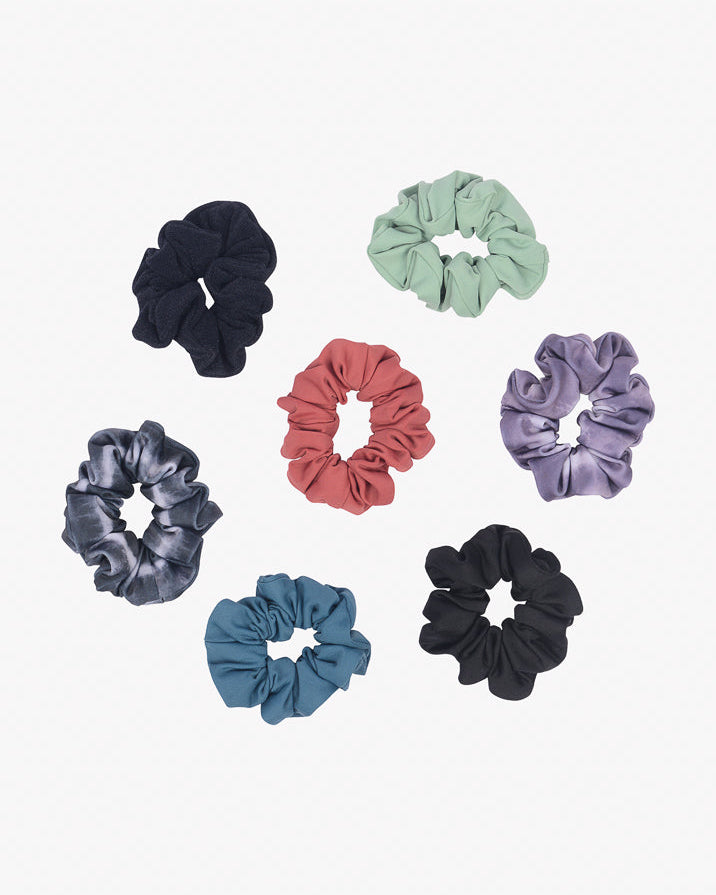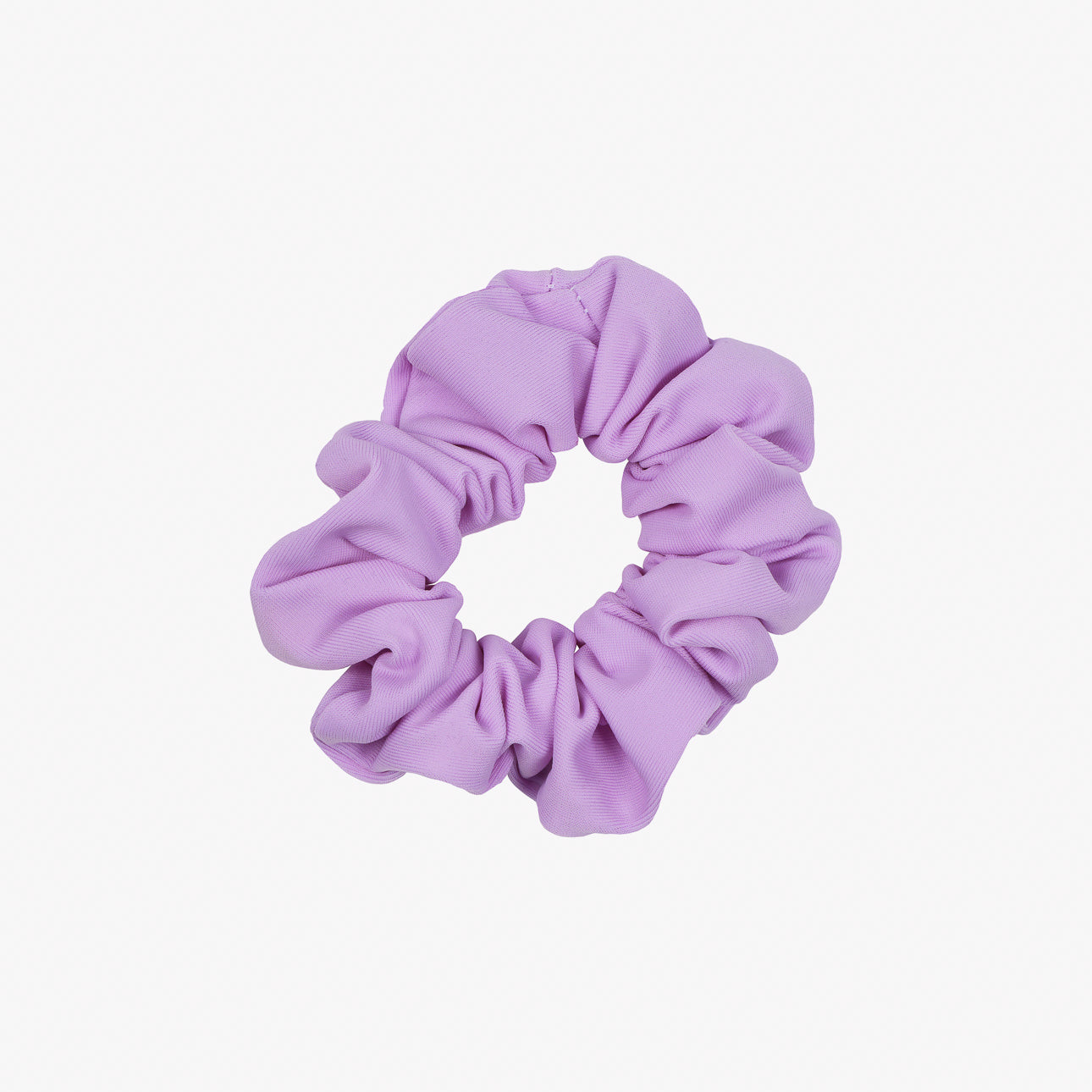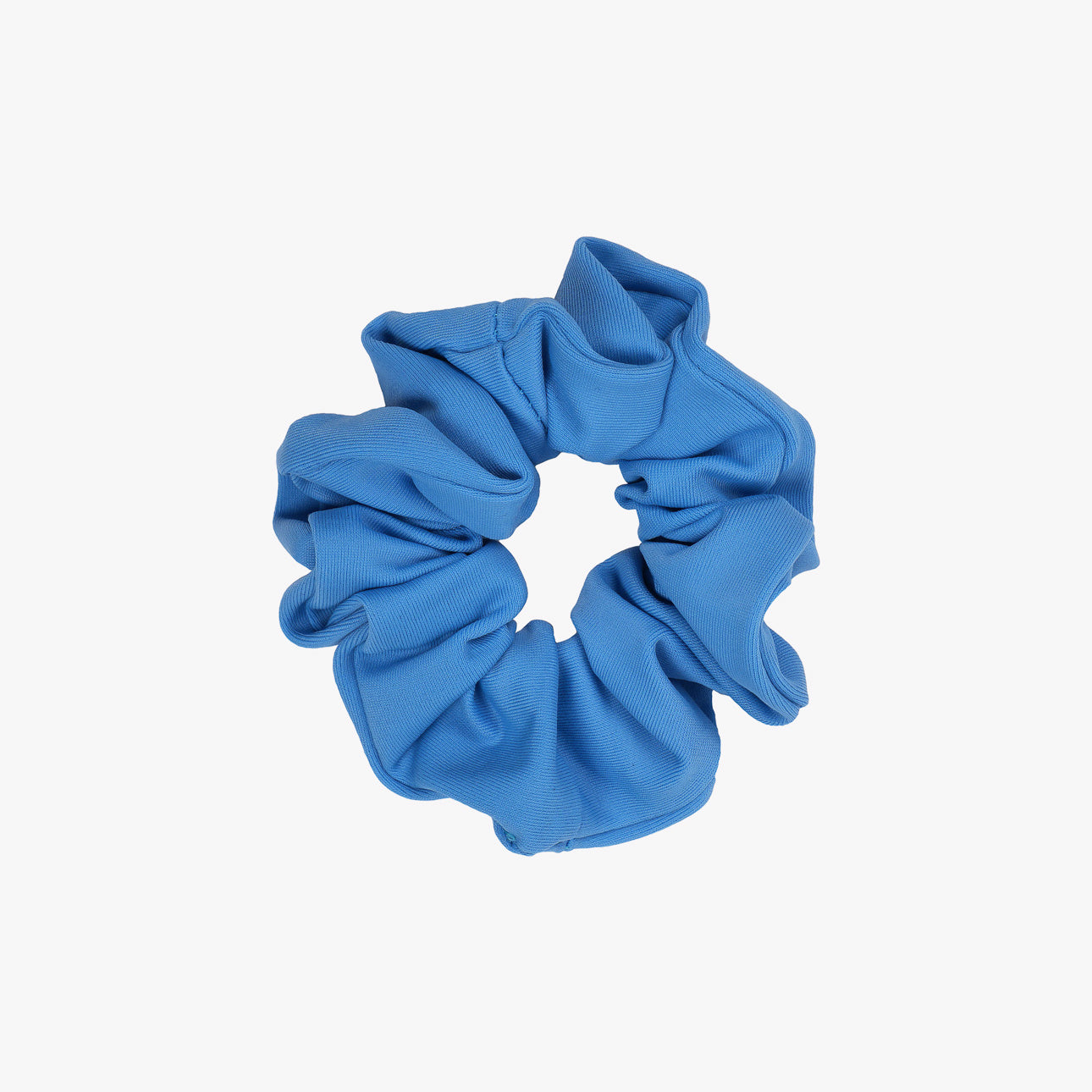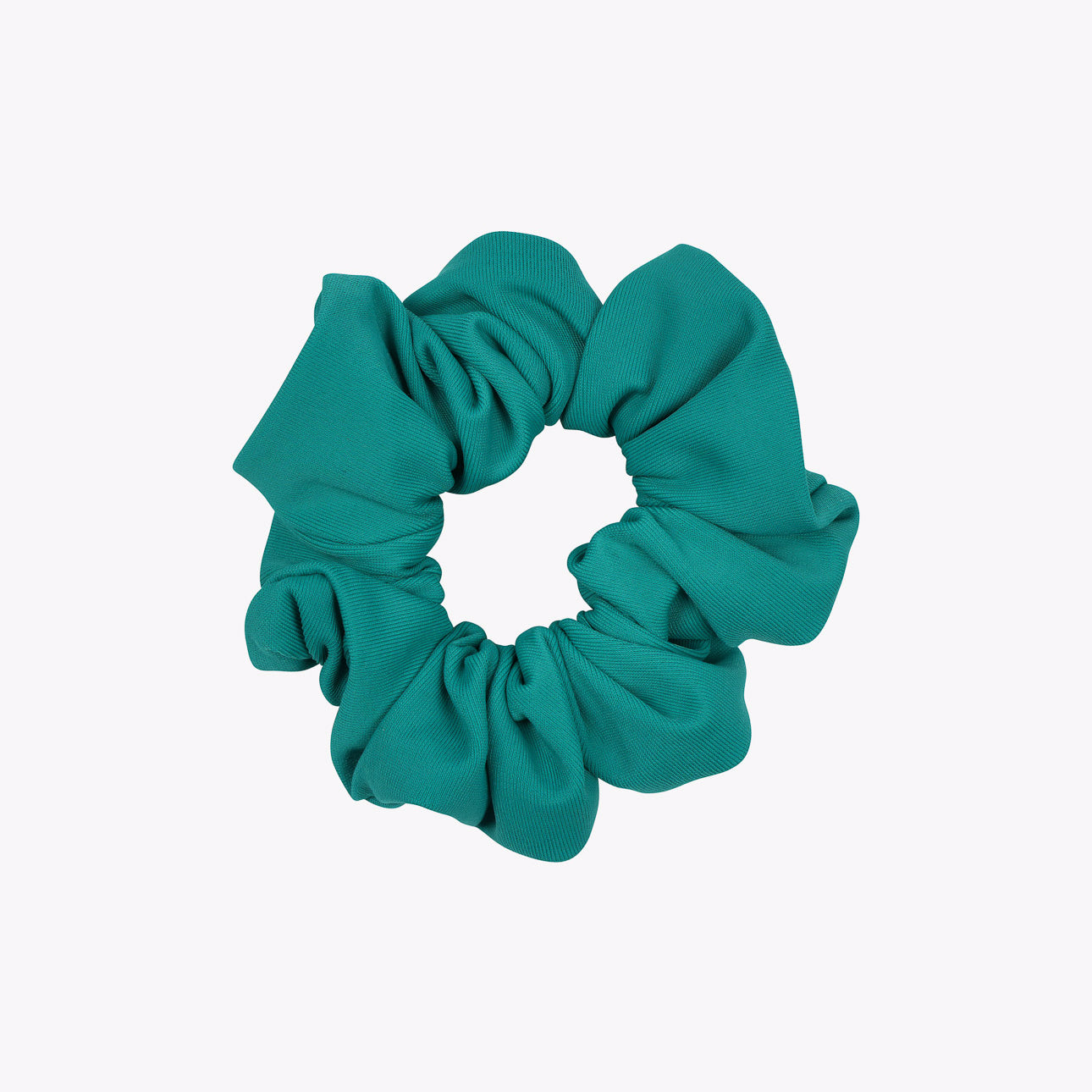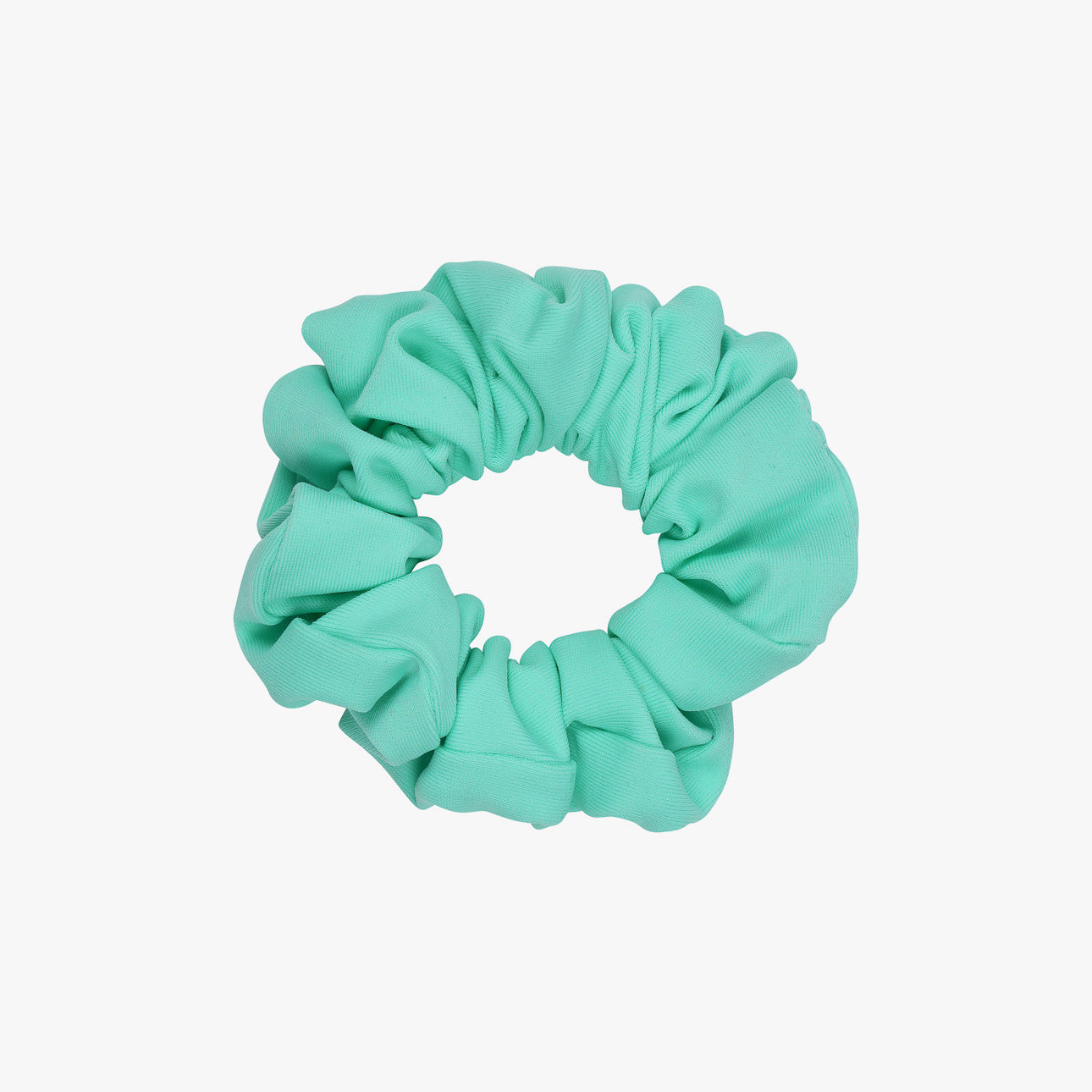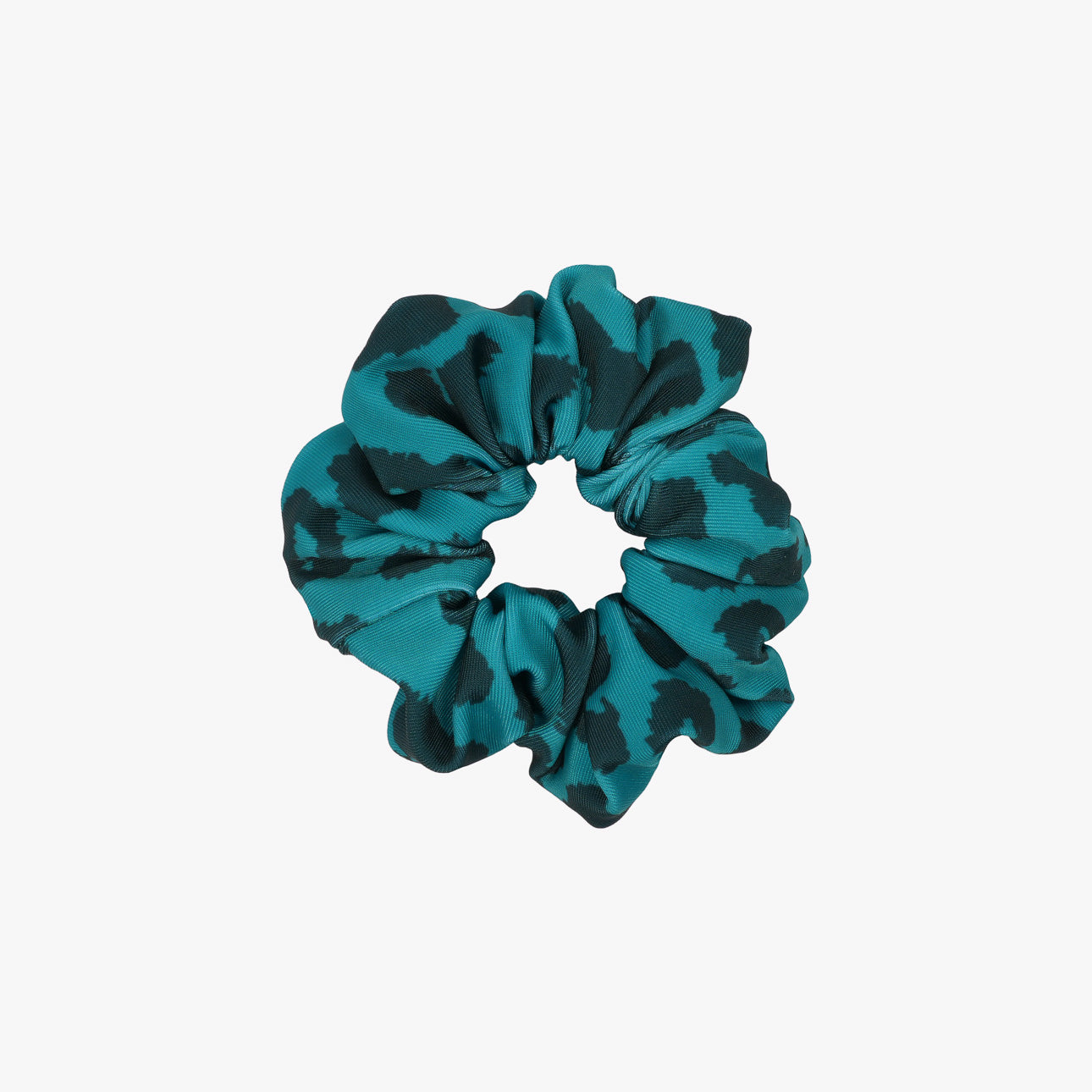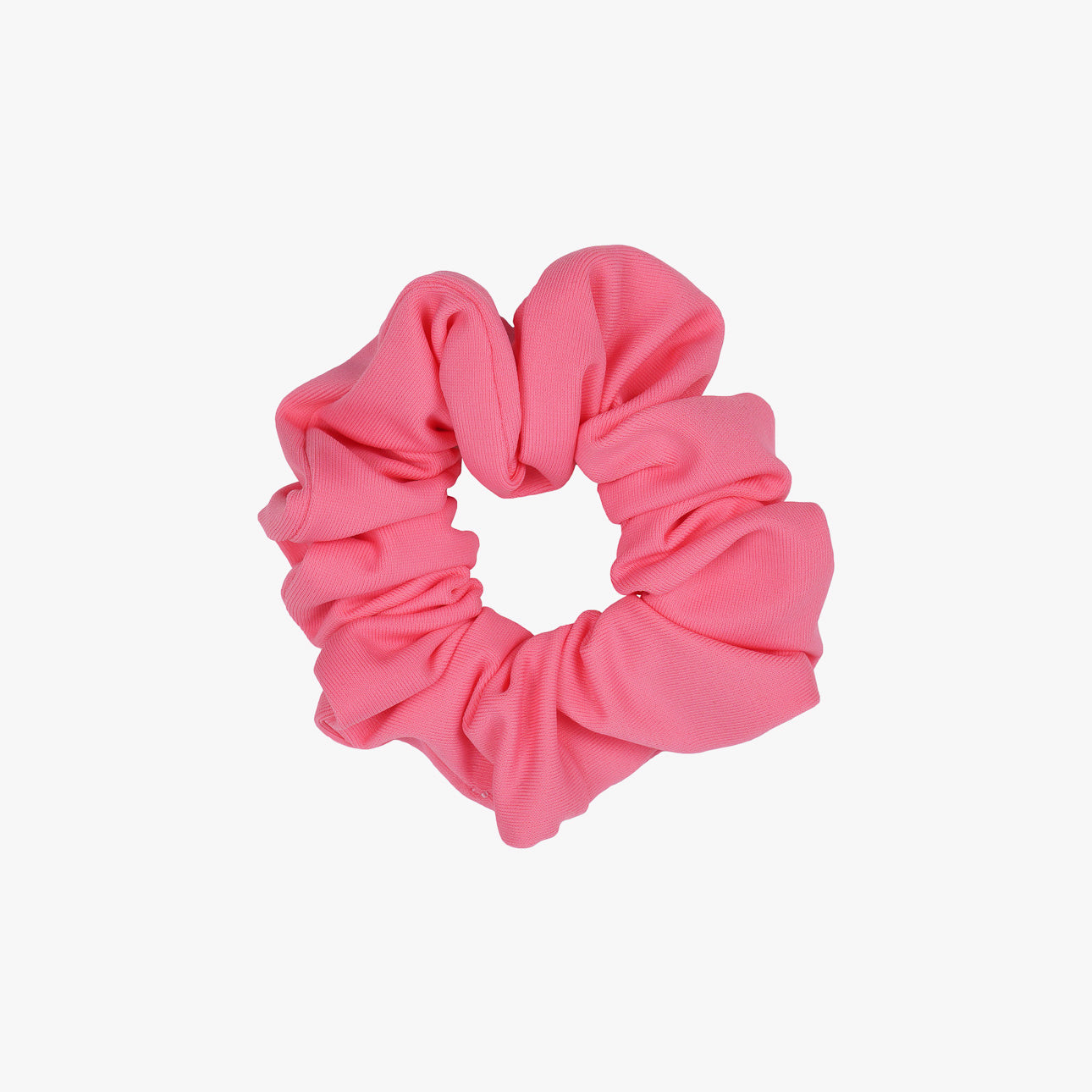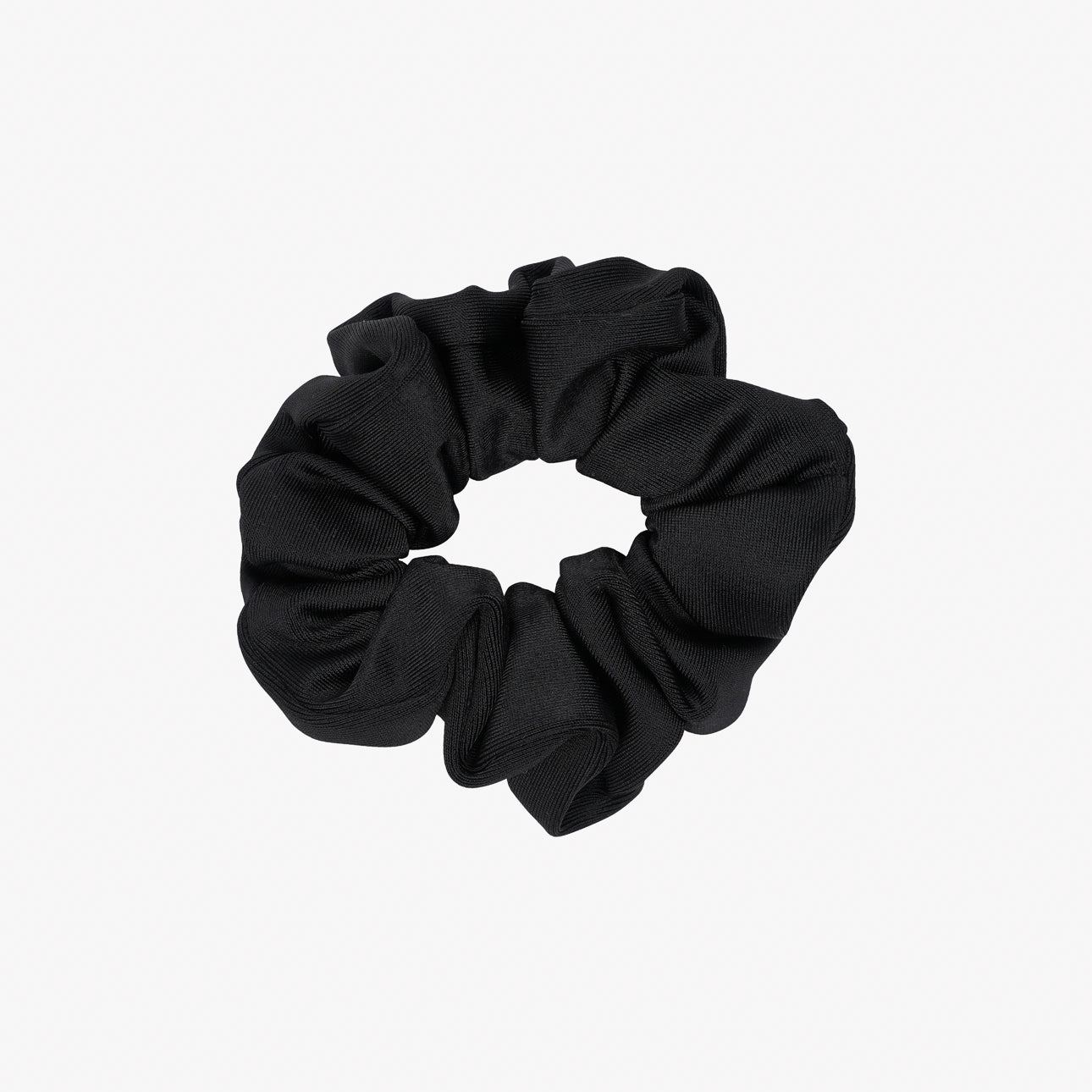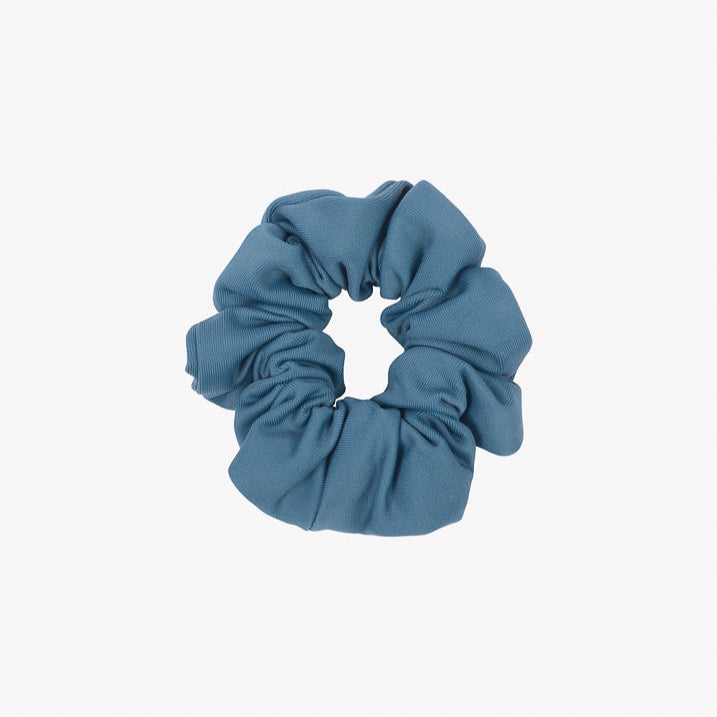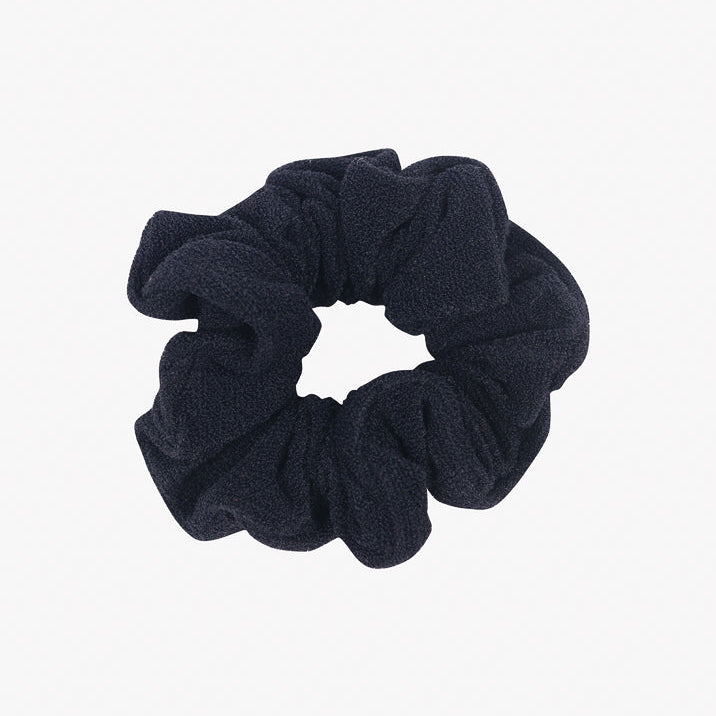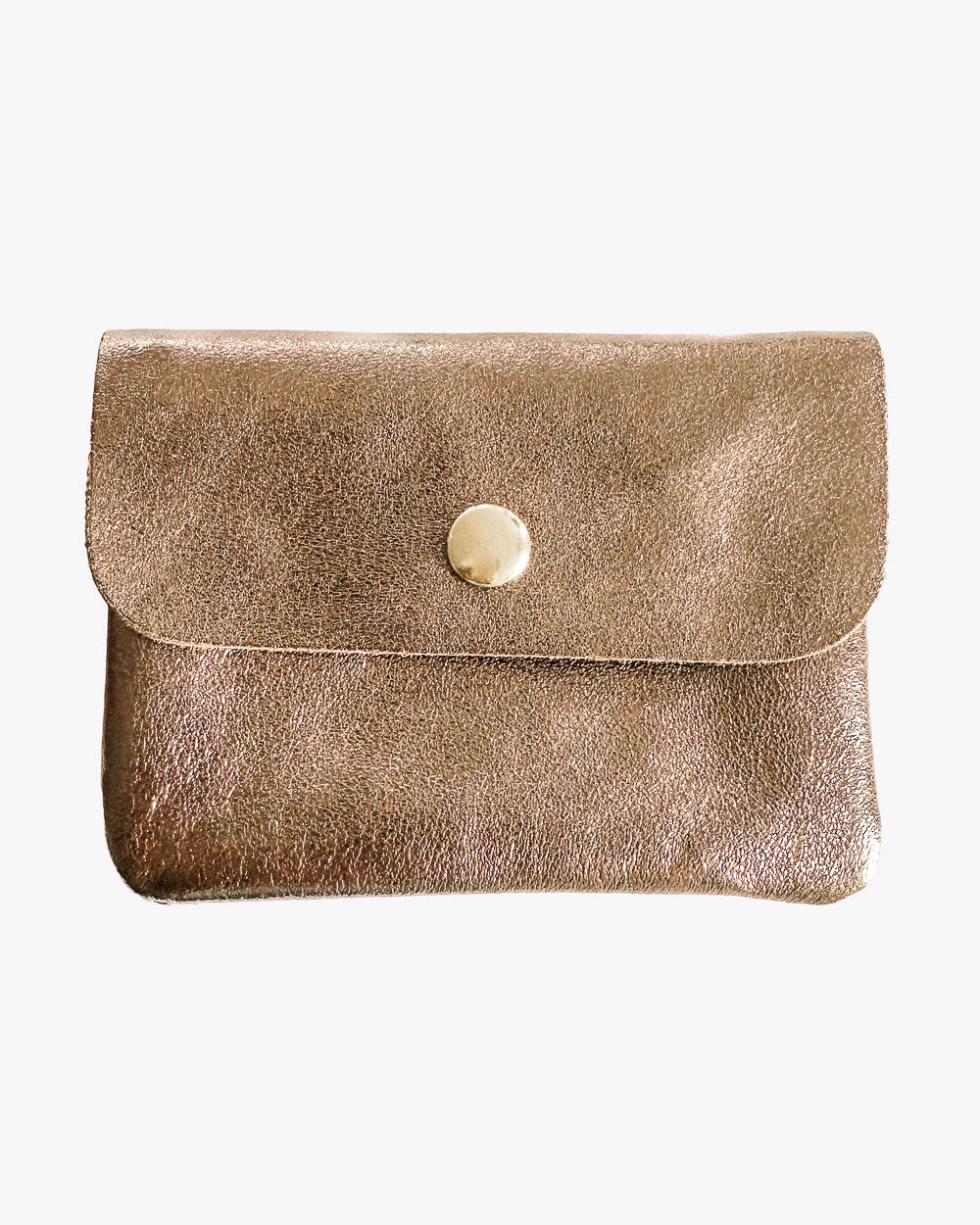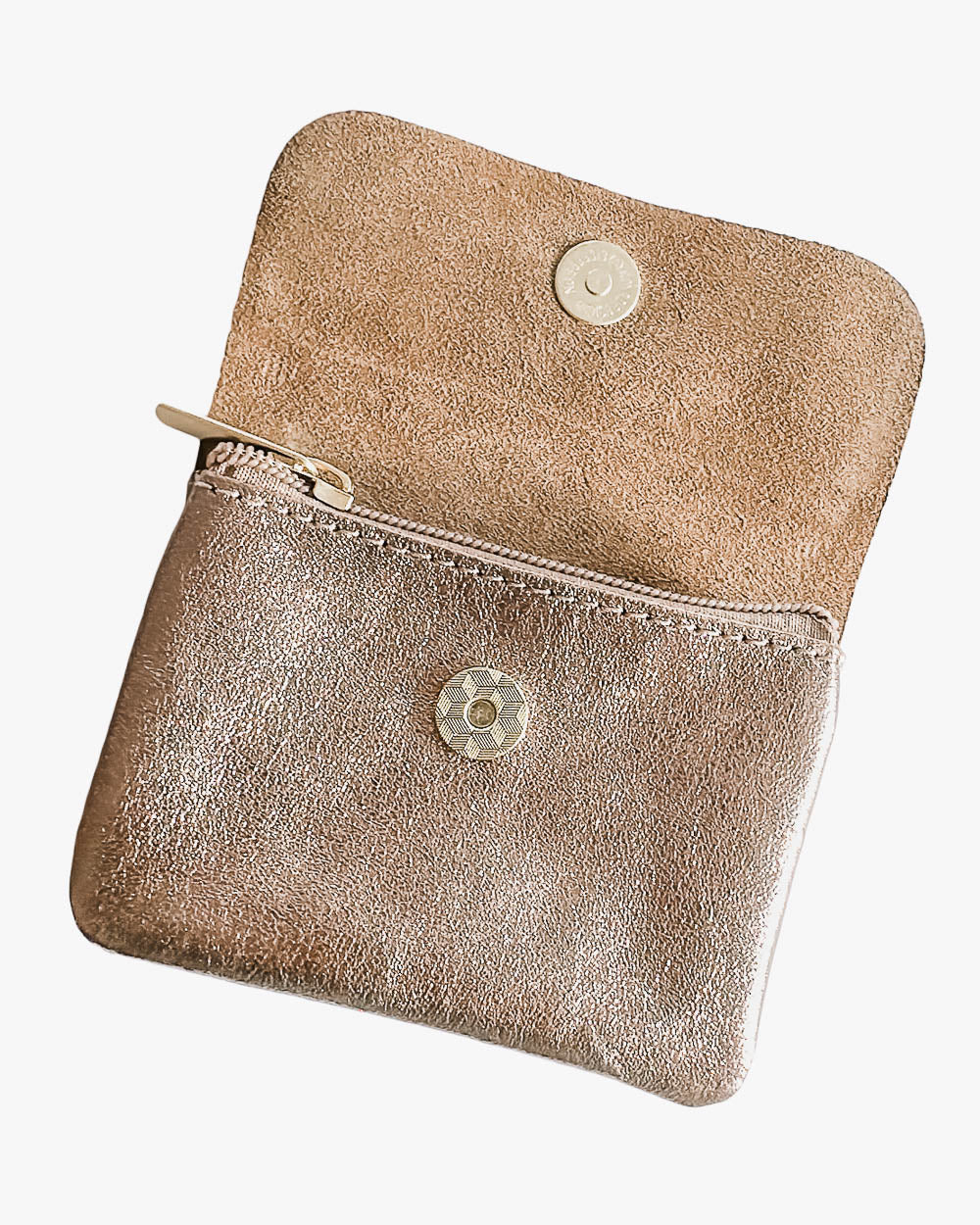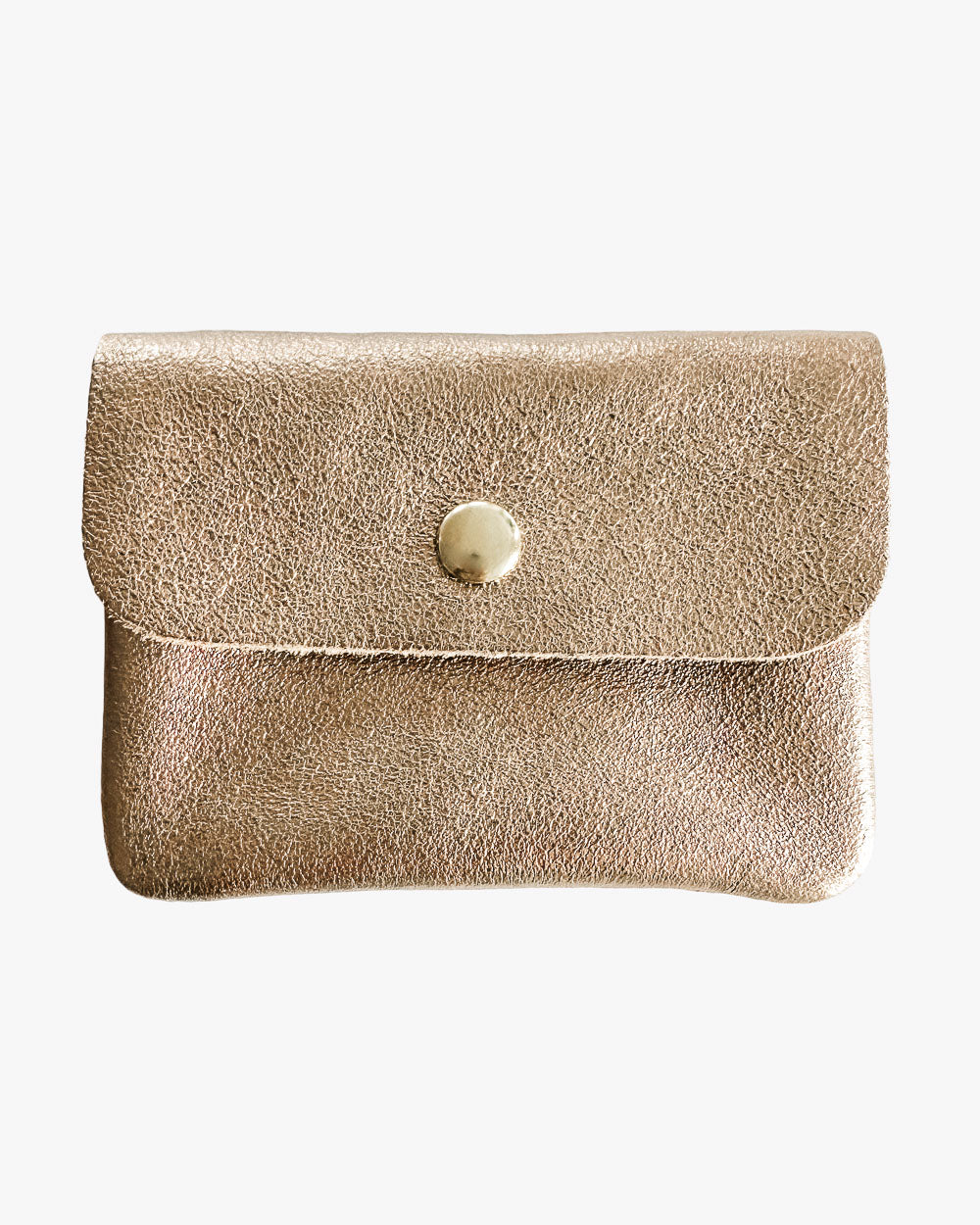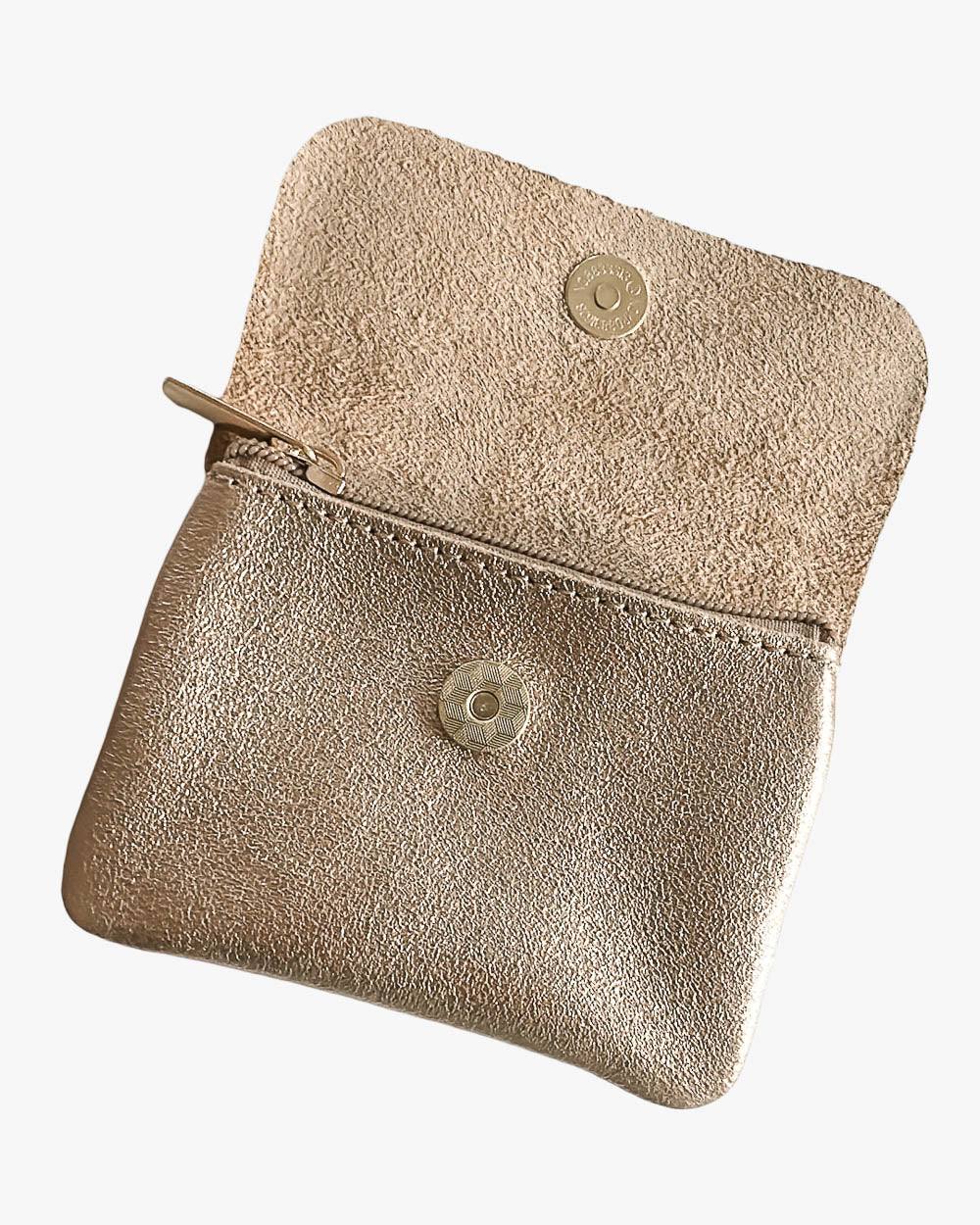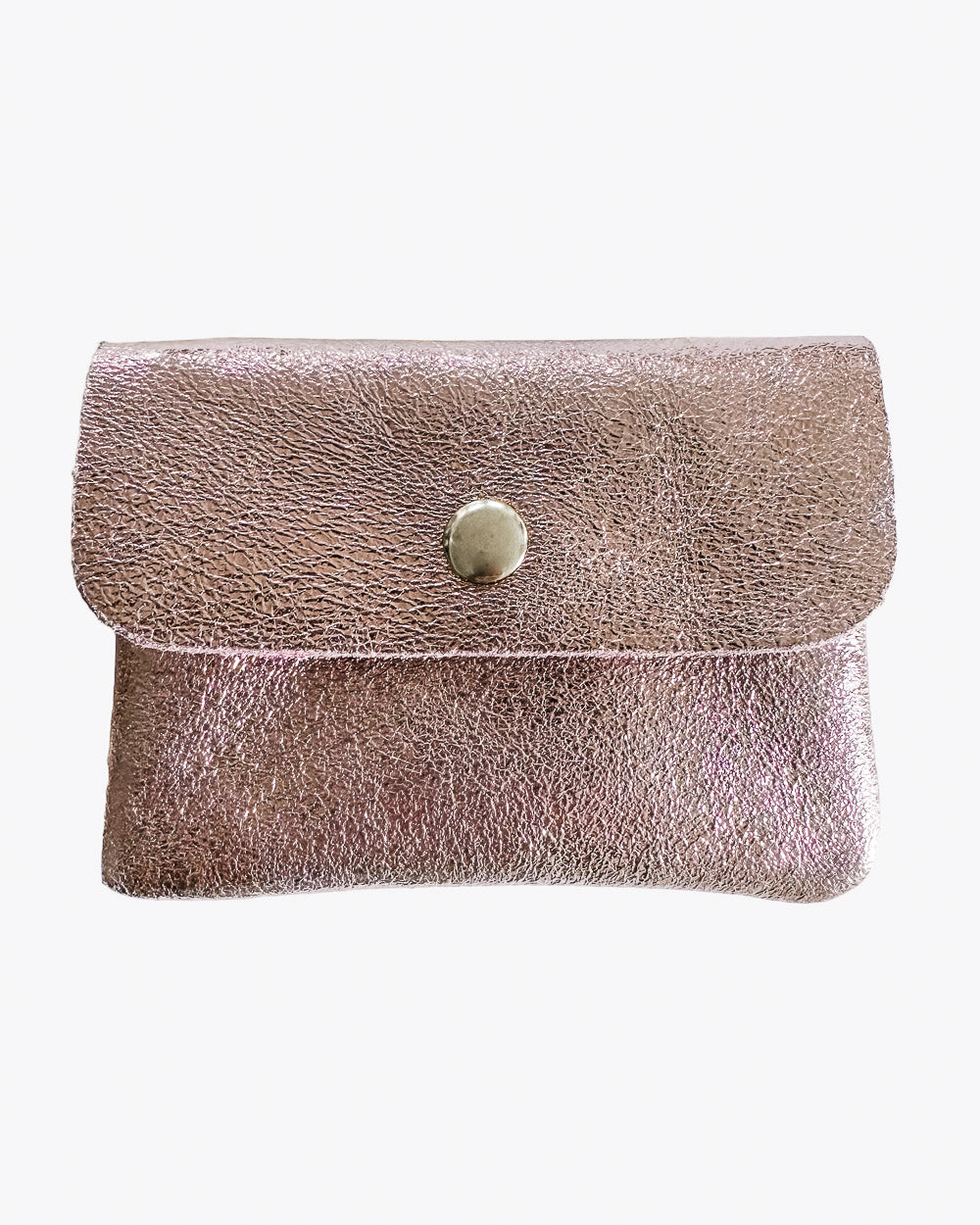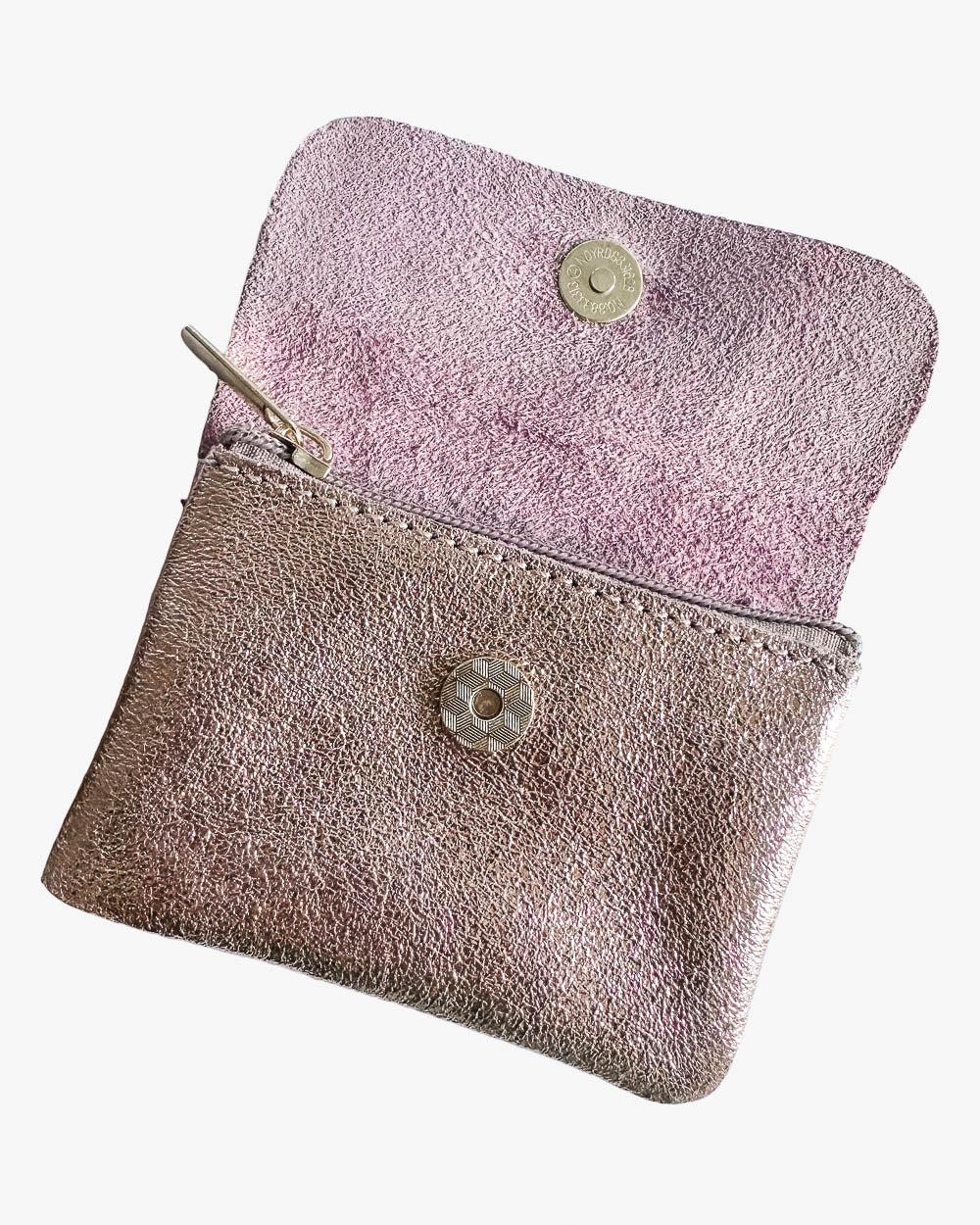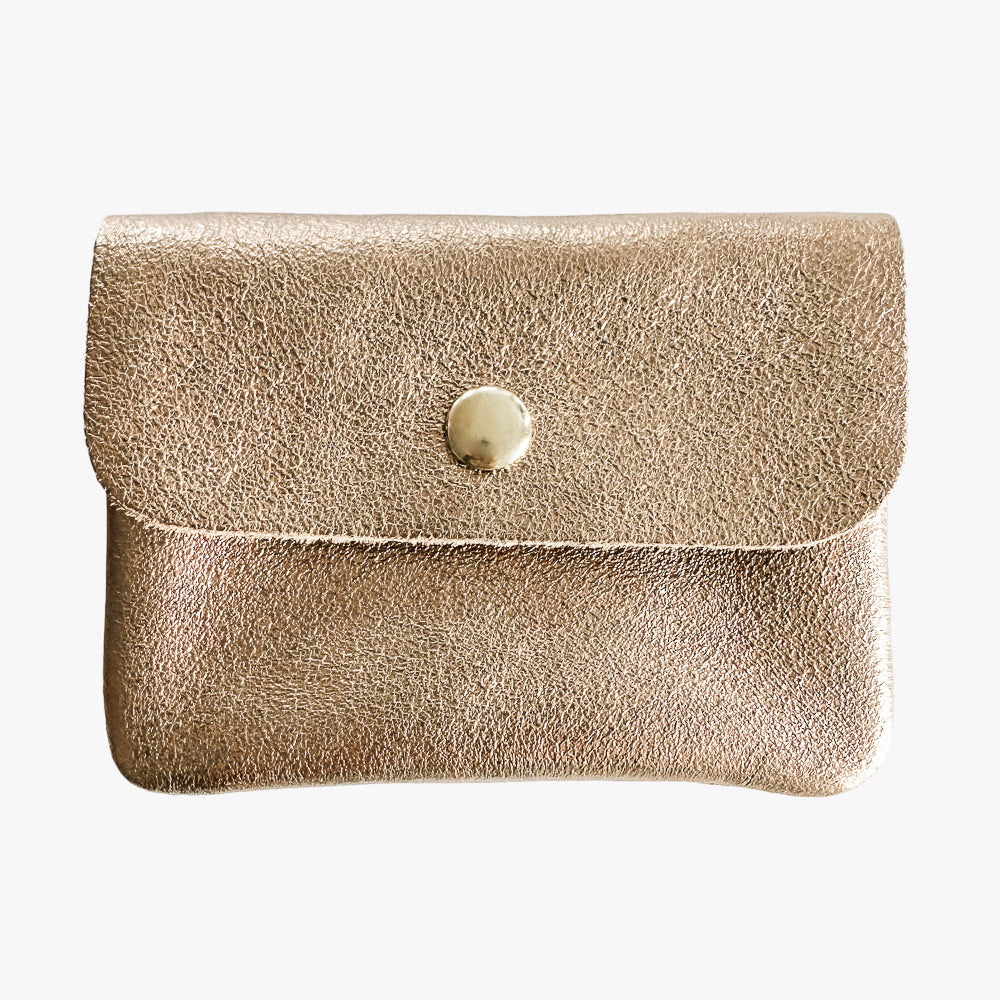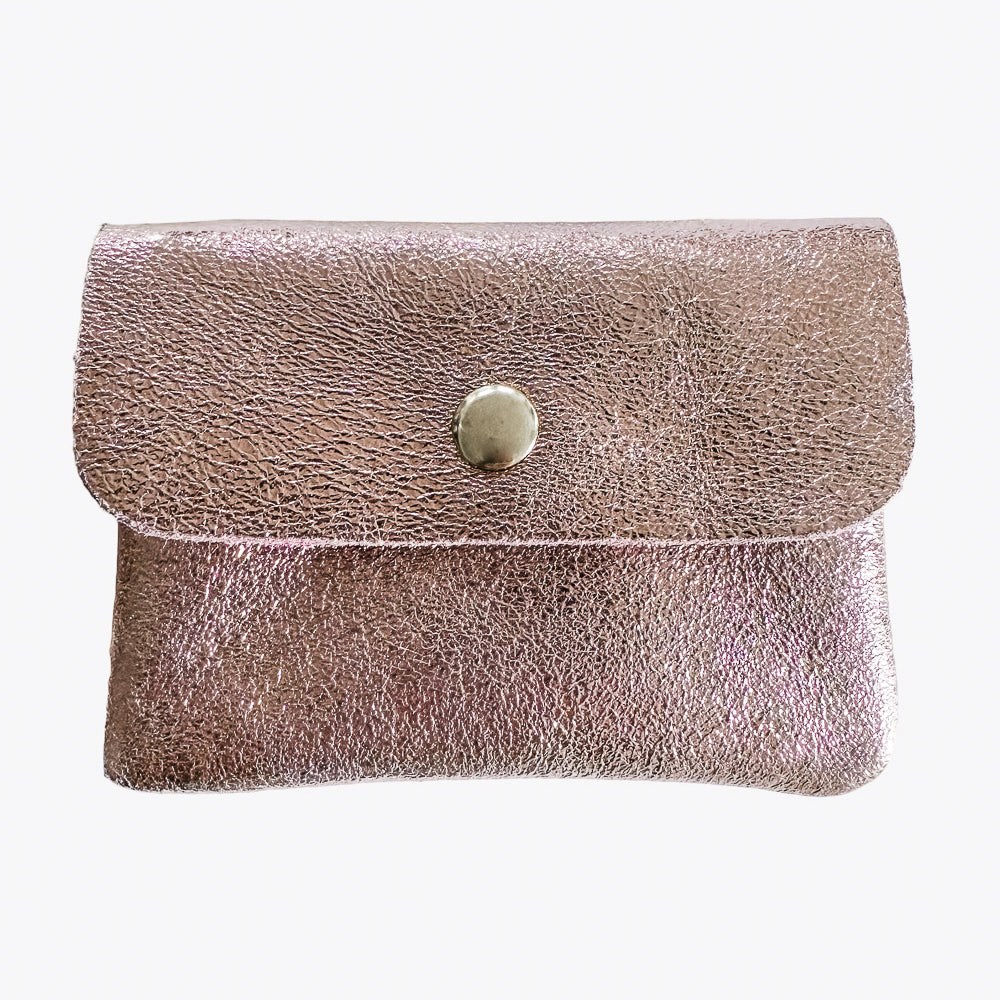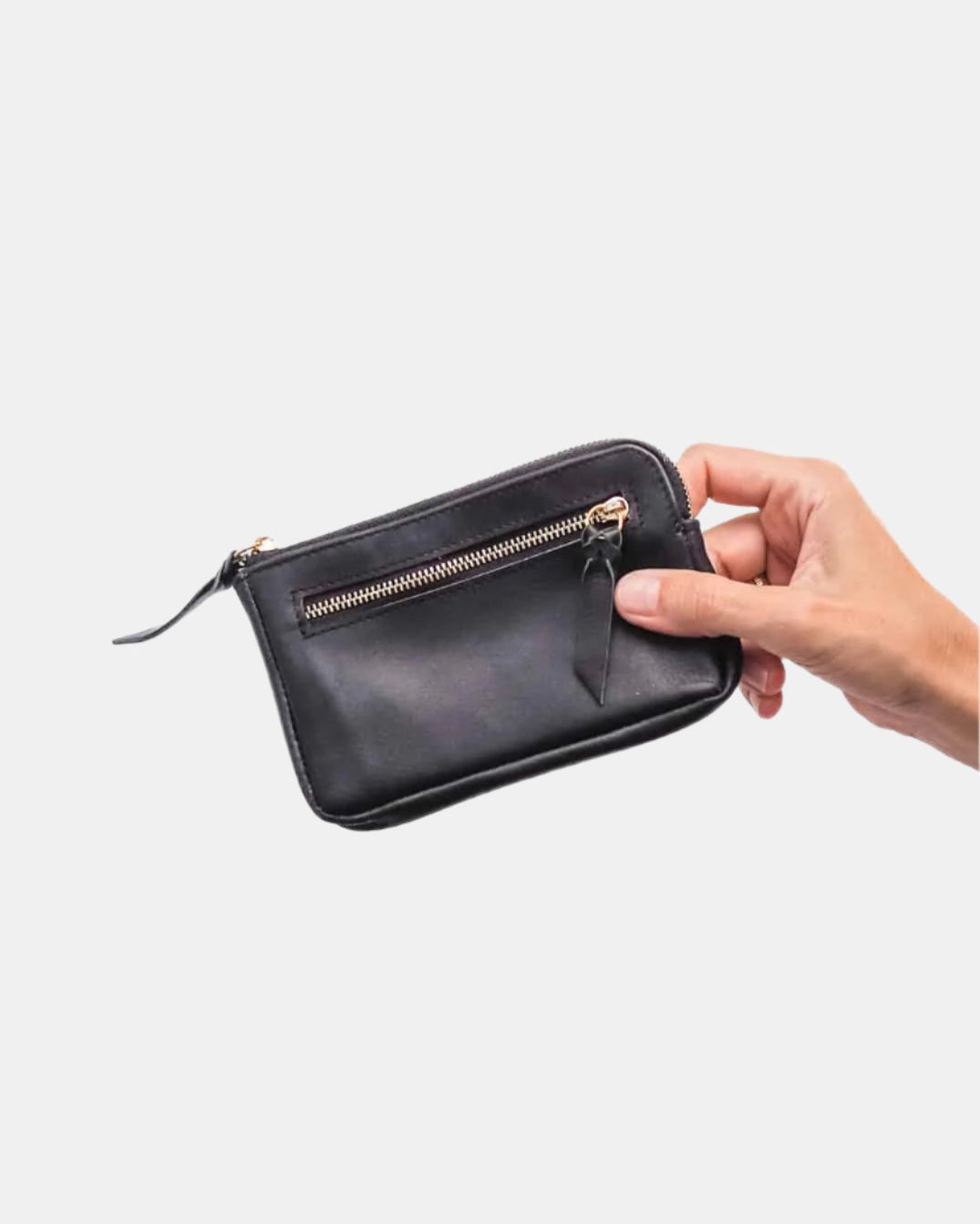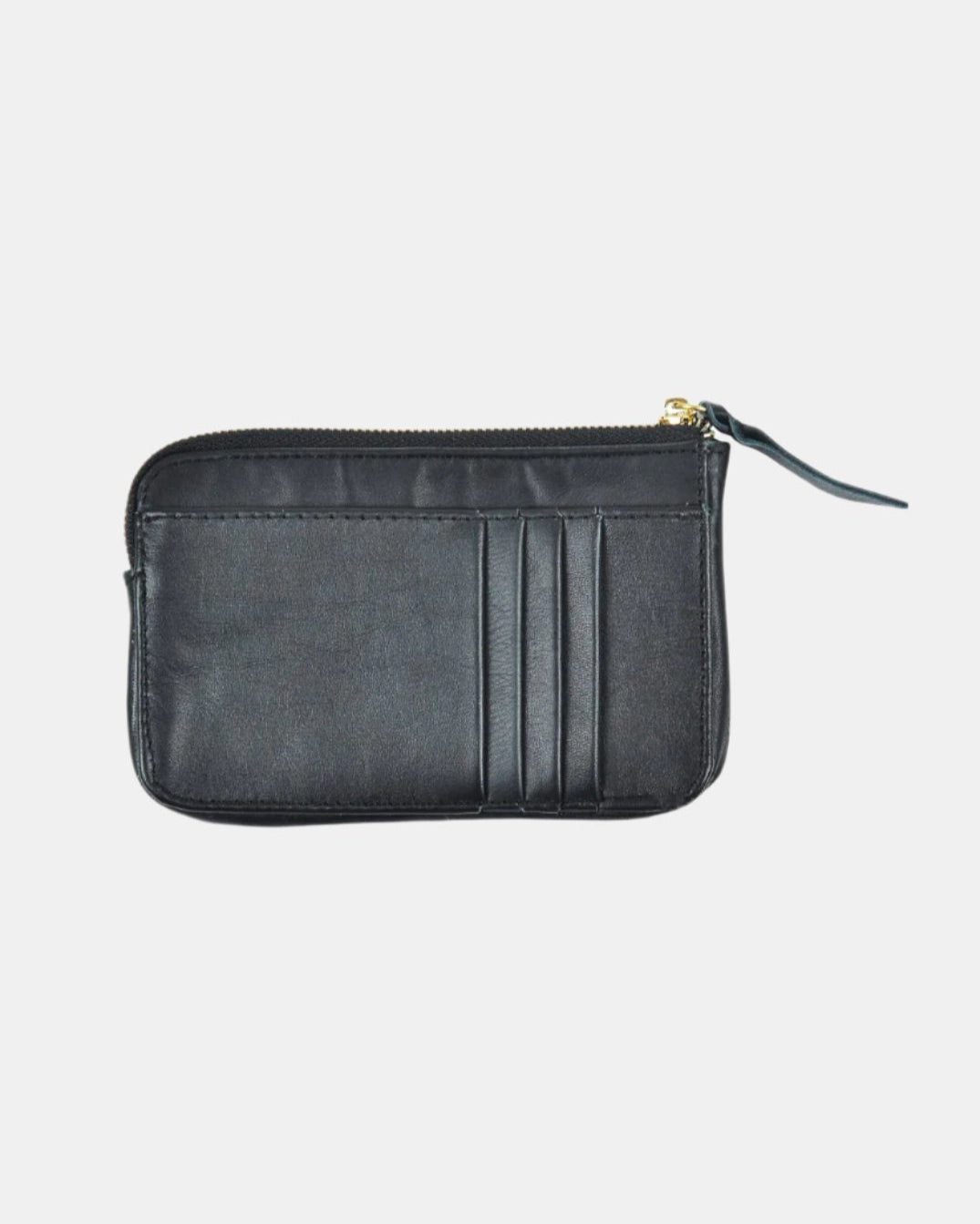Sustainable swimwear is more than just a trend in 2025 – it represents style, awareness, and responsibility. More and more people are making a statement for environmental protection and ethical values at the beach.
With the ethical bikini, you show that fashion and sustainability can go hand in hand. In this guide, you'll learn how conscious material choices, fair production, and innovative designs allow you to not only look good but also make a positive contribution.
Discover the most important materials, identify genuine certifications, get to know top brands, and receive practical tips for care and purchase. Take the first step towards a sustainable lifestyle and choose swimwear that truly makes a difference.
What makes a bikini ethical and sustainable?
More and more people are asking themselves what sustainable and ethical fashion really means. This is especially relevant when it comes to swimwear. An ethical bikini is characterized by transparency, responsibility, and a conscious approach to resources. It's not just about protecting the environment, but also about ensuring fair working conditions throughout the entire supply chain. Transparent brands openly show where their materials come from and how they produce their products. Social responsibility and resource-efficient production are key components of a truly ethical bikini. Why is this so important for swimwear? Because conventional swimwear is often made from environmentally harmful plastics and manufactured under questionable conditions. You can find a comprehensive overview of sustainable swimwear in the article "Sustainable Swimwear at a Glance ."
Definition and meaning of "ethical" and "sustainable" in fashion
Ethical fashion prioritizes fair wages, safe working conditions, and social responsibility throughout the entire value chain. Sustainability in fashion means conserving resources, protecting the environment, and creating durable products. An ethical bikini embodies both of these principles: it is produced under fair conditions and made from environmentally friendly materials. Transparency is essential. Only by disclosing how and where production takes place can trust be built. This is especially important for swimwear, as it comes into close contact with the skin and the environment. Fair production conditions and resource-efficient processes make all the difference.
Materials: Recycled fabrics & innovative alternatives
The choice of materials is central to sustainable swimwear. An ethical bikini is often made from recycled polyester, which is obtained, for example, from old PET bottles or ghost nets. This reduces plastic waste in the ocean and conserves valuable resources. In addition to recycled polyester, organic cotton, Tencel, or innovative materials like ECONYL® and SEAQUAL® are also used. The difference compared to conventional plastics: Recycled fabrics require less energy and produce less CO2. They are also usually certified and traceable. Here's a comparison:
| material | Origin | Advantages | Certificates |
|---|---|---|---|
| Recycled polyester | PET bottles, nets | Resource-efficient, durable | GRS, OEKO-TEX® |
| ECONYL® | Marine plastic | Upcycling, high quality | OEKO-TEX®, GRS |
| organic cotton | organic farming | Skin-friendly, organic | GOTS, Fairtrade |
An ethical bikini made from these fabrics not only feels good, but also makes a measurable contribution to environmental protection. The origin of the materials and the transparency of the supply chain are also important.
Certifications & seals for sustainable swimwear
Certifications help you identify genuine sustainability in ethical bikinis. Among the most important labels are GOTS (Global Organic Textile Standard), OEKO-TEX®, and the Fair Wear Foundation. GOTS stands for ecological and social standards, OEKO-TEX® guarantees textiles free of harmful substances, and Fair Wear promotes fair working conditions. Look for these labels to avoid greenwashing. According to current statistics, the market share of certified swimwear still has room for improvement but is growing steadily. Certifications provide guidance and security when making a purchase.
Social responsibility and fair production
Social responsibility is a key characteristic of every ethical bikini. Fair wages, safe workplaces, and respectful treatment of employees are essential. Brands with a social commitment often support local projects or promote women in the textile industry. Transparent communication about production facilities and working conditions is a clear indicator of quality. For many consumers, social responsibility directly influences their purchasing decisions, as an ethical bikini represents respect for people and the environment.
Environmentally friendly packaging & shipping
Packaging and shipping also play a role in choosing an ethical bikini. Sustainable brands reduce plastic and opt for reusable or recycled packaging. Many offer climate-neutral shipping or use plastic-free alternatives. This saves resources and contributes to a holistically sustainable shopping experience. Conscious shoppers also pay attention to these details.
The most important trends: Sustainable bikini styles 2025
Sustainable bikini styles in 2025 will not only make a fashion statement but also reflect a new awareness of environmental and social responsibility. Current trends show that ethical principles and trendy design complement each other perfectly. Those looking for an ethical bikini in 2025 will be able to choose from a wealth of innovative, stylish, and responsible swimwear.

Colors, cuts and patterns: What's in style?
In 2025, natural hues, soft pastels, and bold accents will dominate sustainable swimwear. High-waisted bikinis, sporty tops, and classic triangle shapes will make a comeback. Prints will range from floral motifs and abstract designs to minimalist patterns. Collections that combine creative patterns with sustainable materials will be particularly in demand. Inspiration can be found in current collections from leading brands that unite trends and environmental awareness. Those looking for an ethical bikini will find a wide variety of designs that are both fashionable and responsible. A comprehensive overview of the latest developments can be found in the article on trends in sustainable swimwear .
Innovations in sustainable fabrics and designs
Innovative fabrics define the ethical bikini collections of 2025. Novel materials like ECONYL or SEAQUAL, derived from recycled marine debris or PET bottles, ensure exceptional comfort and durability. Technological advancements enable quick-drying, resilient fabrics. Upcycling and zero-waste designs are gaining importance by minimizing waste and reusing materials. Swimwear made from ocean plastic is considered a pioneer in sustainable fashion and inspires other industries. Ethical bikini styles thus score points for both functionality and environmental friendliness.
Inclusivity & diversity in sustainable swimwear
Sustainable swimwear in 2025 stands for inclusivity and diversity. Ethical bikini labels focus on a wide range of sizes and fits that flatter different body types. Gender-neutral designs offer everyone the opportunity to feel comfortable on the beach. Body positivity is an integral part of the brand identity, visible in authentic campaigns and communication. Choosing an ethical bikini means choosing fashion that promotes diversity and celebrates individual beauty.
Sustainability meets style: How to find the perfect look
An ethical bikini can be styled in many ways and combined with sustainable accessories. Kimonos, pareos, or ponchos made from eco-fabrics offer layering options and sun protection. For a unique beach look, consider handcrafted beach bags, plastic-free sun hats, and recycled towels. Consciously selecting and combining sustainable pieces underscores your personal style and demonstrates a sense of responsibility. Ethical bikini collections offer inspiration and flexibility for every taste.
Future outlook: Where is sustainable swimwear headed?
The future of ethical bikini fashion is defined by innovative materials and the circular economy. Brands are increasingly investing in research to develop even more sustainable fabrics. The importance of recycling and reuse is constantly growing. Consumer trends show that conscious consumption and transparent production processes are becoming ever more important. Ethical bikini styles are thus becoming a model for the entire fashion industry, setting new standards for sustainability and style.
Ethical bikini brands compared: Who will be convincing in 2025?
Sustainability and style have long gone hand in hand in swimwear. More and more consumers are specifically asking for the "ethical bikini," which impresses not only with its design but also with its values. But which brands are truly setting standards, and how do you find the right label for your sustainable beach look?
Selection criteria for the best brands
Choosing a truly ethical bikini brand isn't a matter of chance. There are clear criteria that will help you identify sustainable and fair brands:
- Transparency: Does the label communicate openly about materials and production steps?
- Material quality: Is recycled or certified material used?
- Design & Variety: Does the brand offer fashionable styles and fits for different body types?
- Certifications: Are GOTS, OEKO-TEX® or Fair Wear Foundation certifications present?
- Social commitment: Are fair wages and working conditions guaranteed?
- Value for money: Is the relationship between quality, price and sustainability right?
An ethical bikini should meet these selection criteria. Transparency and certifications, in particular, provide peace of mind when making a purchase decision. Check customer reviews, testimonials, and independent sustainability labels to avoid greenwashing.
Top brands for sustainable bikinis 2025
The sustainable swimwear market is growing rapidly. Leading brands impress with innovative materials, fair production, and a clear focus on ethical bikinis. Here's an overview of the top labels for 2025:
| brand | Materials | Certifications | Price range | Special features |
|---|---|---|---|---|
| MAIN Design | ECONYL®, SEAQUAL® | OEKO-TEX®, GRS | CHF 80–160 | Ocean protection, minimalist styles |
| Oy Surf | Recycled polyamide | GOTS, OEKO-TEX® | CHF 90–180 | Sporty cuts, upcycling |
| Inaska | ECONYL® | OEKO-TEX® | €60–150 | Modular bikinis, body positivity |
| Margot & Tita | Organic cotton, Tencel | GOTS | €70–140 | Floral prints, regional production |
| Anecdote | Upcycled fabrics | OEKO-TEX® | €80–160 | Zero-waste, limited collections |
| Swim by Alba | SEAQUAL®, recycled PET | OEKO-TEX® | CHF 75–130 | Children's and women's lines, UPF 50+ |
These brands exemplify the development in the ethical bikini sector. Particularly striking is the high proportion of recycled materials and the diversity of designs. According to swimwear market statistics for 2025, sustainable labels now account for approximately 18 percent of the European swimwear market, with a continuing upward trend.
Many of these brands score points with signature styles, such as high-waisted cuts, sporty tops, or timeless triangle bikinis. Bestsellers are often models that combine comfort, durability, and eco-friendliness. The size range usually extends from XS to XXL, and some labels even offer custom alterations.
When choosing, pay attention to the combination of design, quality, and genuine sustainability. An ethical bikini should not only look good in your closet but also be a great choice for everyday life.
MAIN Design: Stylish and sustainable swimwear with impact
MAIN Design is setting new standards for ethical bikinis. The label stands for modern, minimalist swimwear made from recycled materials such as ECONYL® and SEAQUAL®. Particularly impressive is their commitment to ocean conservation: 1% of online sales go to Healthy Seas to help rid the oceans of ghost nets.

The collections offer styles for women and children, with the kids' lines featuring UPF 50+ sun protection. MAIN Design impresses with fast delivery, free shipping on orders over CHF 120 in Switzerland, and transparent communication. Here you get quality, style, and responsibility in an ethical bikini – ideal for conscious consumers.
Newcomers and Hidden Champions
Besides the established brands, there's an exciting scene of start-ups and small labels enriching the ethical bikini market with fresh ideas. Many focus on modular bikinis, regional production, or community-based approaches.
Examples include labels that produce bikinis from ocean plastic or leftover materials, or companies that focus on pre-orders and local manufacturing. Here you'll often find limited collections that combine individuality and sustainability.
Especially with these newcomers, it's worth taking a closer look at transparency and commitment. By choosing an ethical bikini from a hidden champion, you support innovation and actively contribute to a fairer fashion industry.
Buyer's guide: How to find your ideal sustainable bikini
Finding the perfect ethical bikini is easier than you think when you know what to look for. With these tips, you can achieve a sustainable and stylish look on the beach – while also doing good for the environment and society. Let's find out together how to choose your ideal companion for the summer.
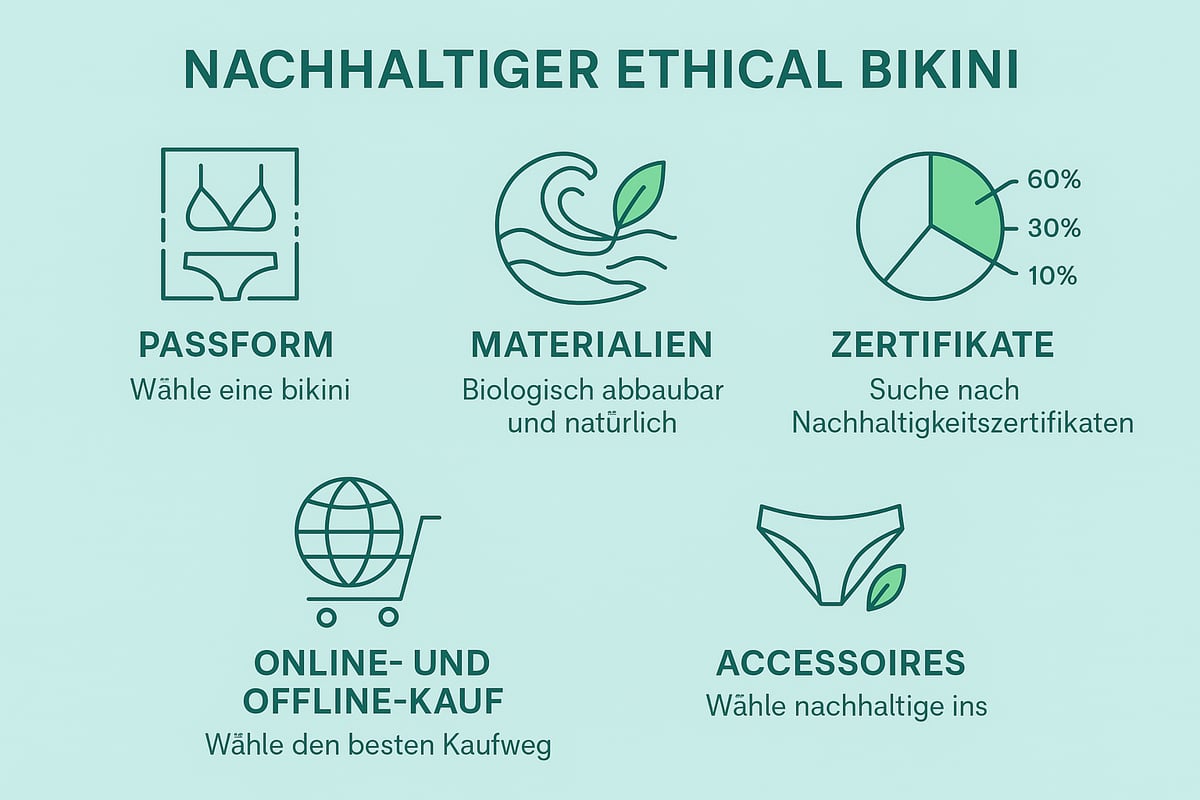
Fit and size selection
A good fit is crucial so you feel comfortable and confident in your ethical bikini. Every body is different – find out which cut suits you best. Make sure nothing digs in or slips.
Use the brands' size charts and, if possible, do a virtual try-on. Many sustainable labels now offer tools to better represent different body types. Especially helpful: The bikini fit guide gives you practical tips to ensure your ethical bikini fits perfectly.
Sustainability in focus: What to look out for when buying?
When buying an ethical bikini, you should pay attention to more than just the design. Check the material composition and opt for recycled or organic fabrics. The origin of the fibers, the production location, and valid certifications such as GOTS or OEKO-TEX® are important indicators.
Create a checklist:
- Material: Recycled or organic?
- Certificates: Are there any recognized seals of approval?
- Production: Fair working conditions?
- Price-performance ratio: Is the quality right?
Make sure to avoid greenwashing and choose brands with transparent communication. This way, you can ensure that your ethical bikini is truly sustainable.
Online vs. brick-and-mortar: Where is the best place to buy?
The choice between an online shop and a local store can influence your shopping experience. Online, you'll usually find a wider selection of ethical bikini styles and often get detailed information about materials and origin.
Local boutiques offer the advantage of allowing you to try on swimwear directly. Look for sustainable practices and specifically ask about ethically produced bikinis. Keep in mind that returns in online retail should be handled in a resource-efficient manner.
Tips for buying a bikini with a clear conscience
Looking for an ethical bikini while also conserving resources? Then try second-hand platforms or swap meets. Sustainable models are often available at attractive prices, especially towards the end of the season.
Support small, local labels that prioritize fair production and transparency. Keep an eye out for seasonal sales, but avoid impulse buys. This way, your shopping remains sustainable and conscious.
Sustainable accessories and additions
An ethical bikini becomes a real eye-catcher with the right accessories. Choose eco-friendly beach bags made from recycled materials, plastic-free towels, or sun hats made from organic cotton.
Combine essentials that are not only stylish but also sustainable. This way you complete your look and stay true to the idea of sustainability even at the beach.
Care & Longevity: How to Keep Your Ethical Bikini Beautiful
An ethical bikini is not only a statement of environmental awareness, but also deserves special care to keep it looking beautiful for a long time. With the right measures, you can extend the life of your bikini while also protecting the environment.
Washing and drying without microplastics
For best results, hand wash your ethical bikini in cold water immediately after visiting the beach. This prevents sand, salt, or sunscreen from damaging the fibers. If you do use a washing machine, use a Guppyfriend washing bag to minimize microplastic releases.
Avoid fabric softener and high temperatures, as these damage the material and the environment. Let your bikini air dry in the shade, instead of in a dryer or direct sunlight. This way, your ethical bikini will retain its shape and color.
Tips at a glance:
- Hand washing is preferred
- Use Guppyfriend washing bags when machine washing
- No fabric softener, low temperatures
- Air drying in the shade
Tips for long-lasting durability
Proper care makes all the difference. Always store your ethical bikini dry and flat to prevent wrinkles and material fatigue. Avoid contact with rough surfaces to prevent fraying of the fibers.
Should a small hole appear, repair it promptly with a needle and thread or have it professionally repaired. Repairing instead of buying new conserves resources and makes your ethical bikini a long-lasting companion.
- Rinse after each use.
- Do not twist or wring
- Gentle repair for minor damage
Sustainable care products & DIY recipes
Use only biodegradable detergents for your ethical bikini. These are gentle on the fabric and the environment. You can also make your own solutions, for example, a detergent from bar soap and baking soda.
| Care product | Effect |
|---|---|
| Organic detergent | Gentle cleansing |
| DIY stain remover | Removes sunscreen |
This way, your ethical bikini remains free of harmful residues and protects the water.
Upcycling & Recycling at the End of Life
If your ethical bikini is no longer wearable at some point, there are sustainable alternatives to throwing it away. Many brands offer recycling programs where old swimwear is collected and processed into new fabrics. You can find out more in the article on recycling and the circular economy in swimwear .
Alternatively, you can make practical tote bags or hairbands from old bikini tops. Donating to social projects also extends the life cycle of your ethical bikini.
Why care is part of sustainability
Proper care of your ethical bikini is crucial for conserving resources. The longer you use your swimwear, the smaller its ecological footprint. Conscious consumerism demonstrates that sustainable style and responsibility go hand in hand.
Sustainable swimwear as a lifestyle: More than a trend
Sustainable swimwear is far more than a fleeting trend. It represents a conscious lifestyle that respects the environment and people. Choosing an ethical bikini sends a clear signal of style and responsibility. In the following sections, you'll learn how your bikini purchase makes a real impact, how the community inspires, how you can integrate sustainability into your everyday life, and what role you play as a consumer.
Raising awareness: The impact of your bikini purchase
With every purchase of an ethical bikini, you actively contribute to environmental protection. Many sustainable brands rely on recycled materials, which reduces the amount of plastic ending up in the ocean and saves CO2. Studies show that the use of sustainable swimwear prevents thousands of tons of plastic waste annually. Societal awareness is also steadily growing, as evidenced by the expansion of the sustainable clothing market . Your conscious purchasing motivates others to take responsibility as well and demonstrates that sustainable fashion makes a real difference.
Community & Social Media: Inspiration and exchange
The ethical bikini movement thrives on a dedicated community. On social media, sustainable swimwear influencers inspire with authentic personal accounts and tips for a conscious lifestyle. Hashtags like #sustainablebathing or #ethicalbikini connect like-minded individuals worldwide and foster the exchange of information about new trends, care tips, and favorite brands. Many brands incorporate community feedback and develop new collections together with their fans. This creates a network that promotes sustainable fashion and reaches an ever-growing audience.
Sustainable living on the beach and in everyday life
An ethical bikini is often the first step towards a truly sustainable lifestyle. Zero-waste picnics, plastic-free sunscreen, and reusable products are perfect companions for a green day at the beach. Many sustainable brands offer matching accessories like beach bags or towels made from recycled materials. These principles can also be easily implemented in everyday life: conscious consumption, regional products, and eco-friendly personal care products create synergies between fashion, food, and leisure. Every little step counts towards greater sustainability.
The role of consumers: Taking responsibility
As a consumer, you have the power to set trends and initiate change with your purchasing decisions. By choosing an ethical bikini, you support fair working conditions and innovative materials. Give brands feedback, share your experiences, and support initiatives that advocate for greater transparency and environmental protection. Every conscious choice helps make sustainable swimwear the new standard. Show that responsibility and style go hand in hand.
You don't just want to look good on the beach, you want to make a real difference – for yourself, the environment, and future generations. This guide has shown you what really matters when it comes to ethical and sustainable swimwear: responsible materials, fair production, and stylish designs that will bring lasting joy. If you're now ready to make a statement for greater sustainability and choose your summer look with a clear conscience, you can relax and find further inspiration and discover more .



